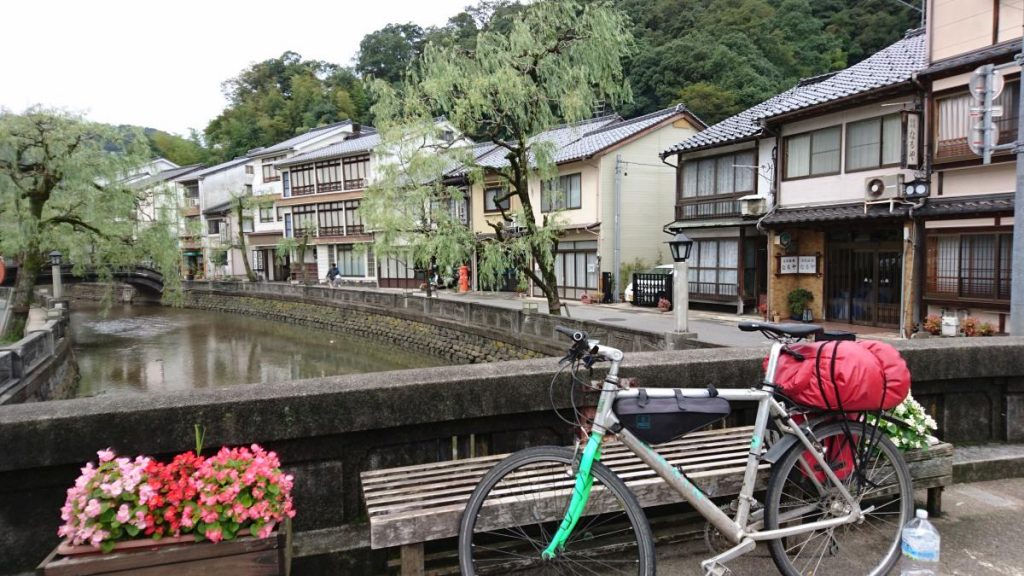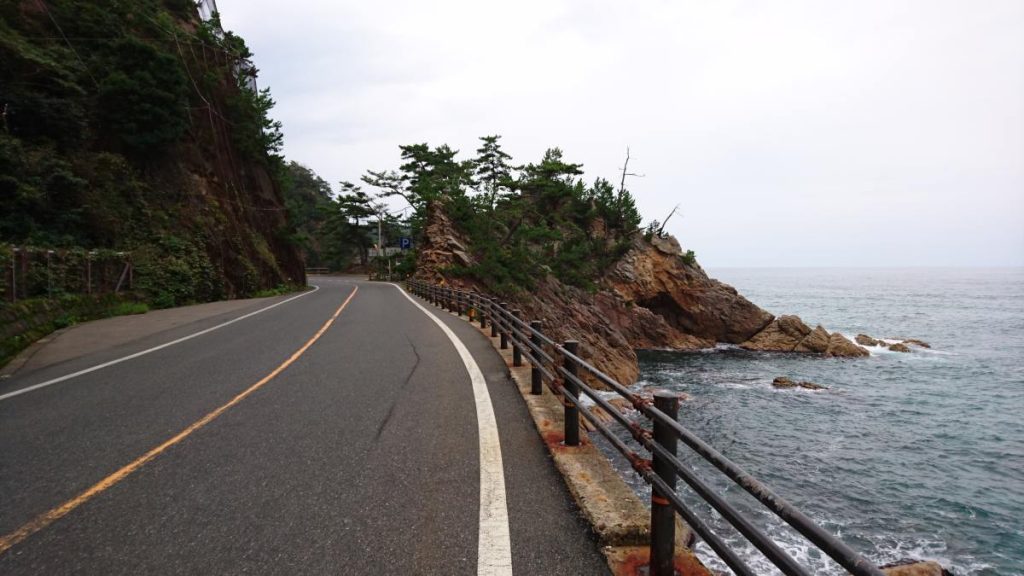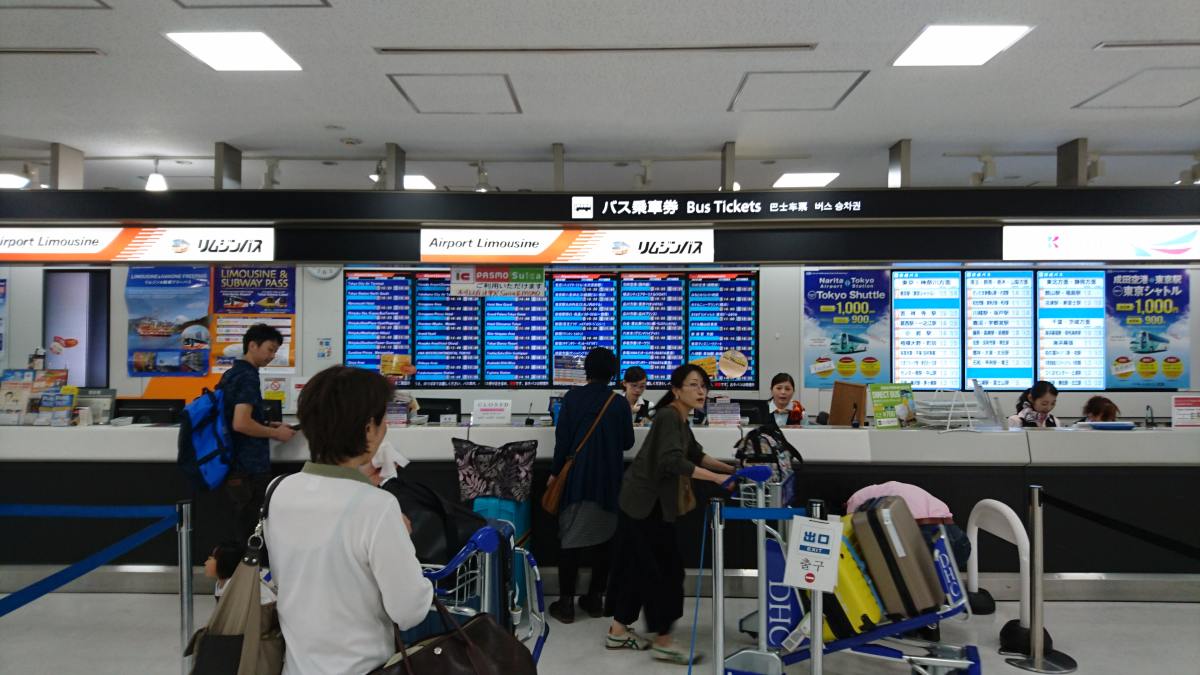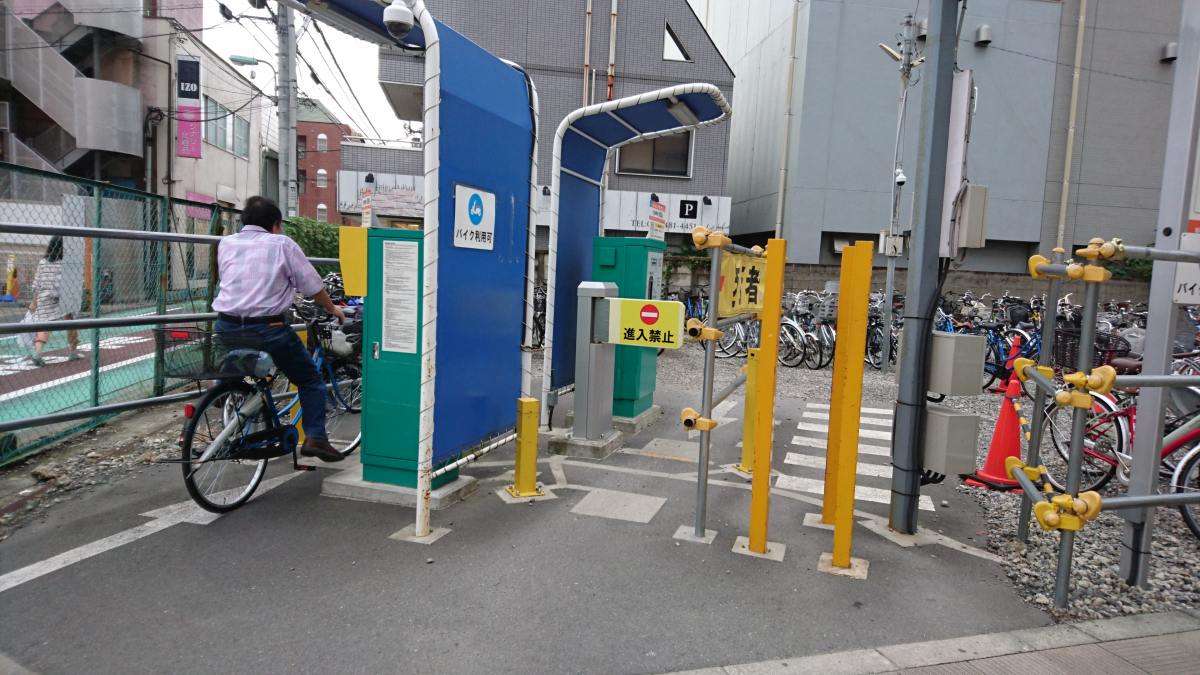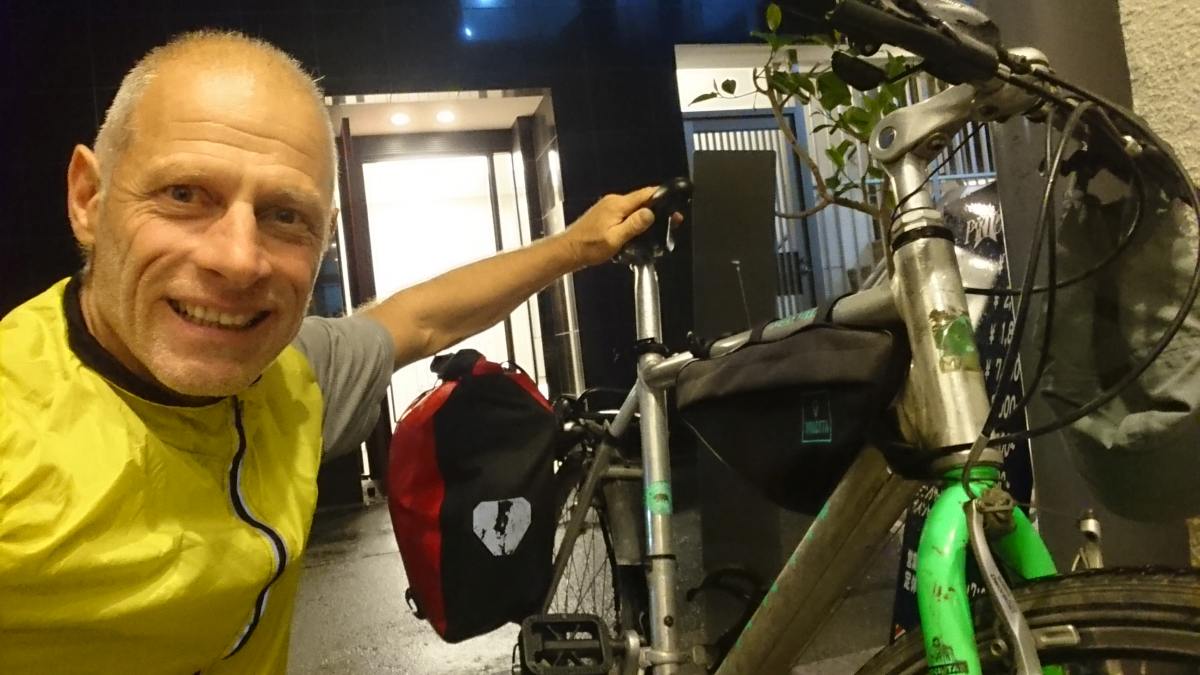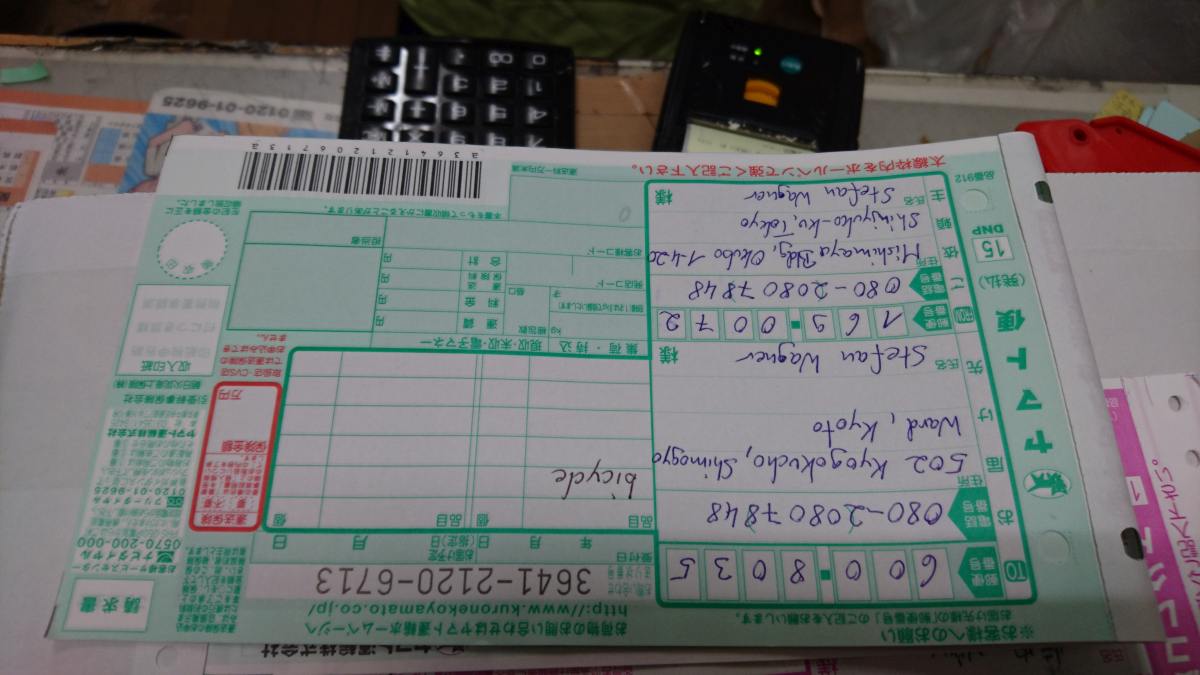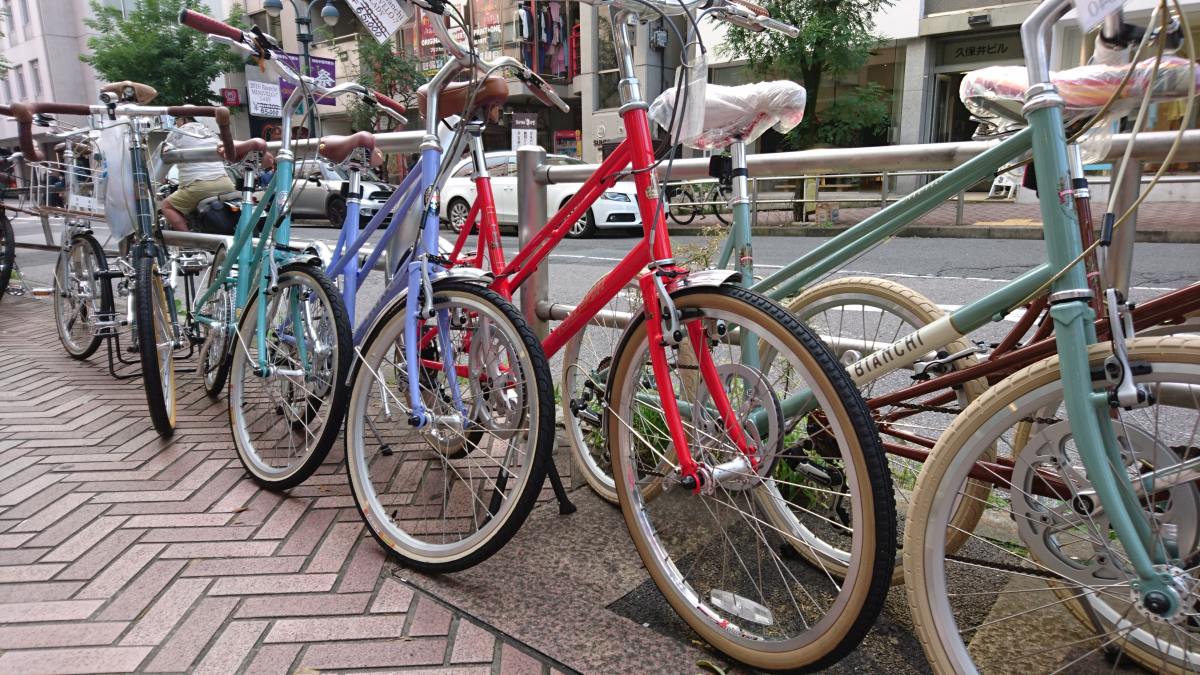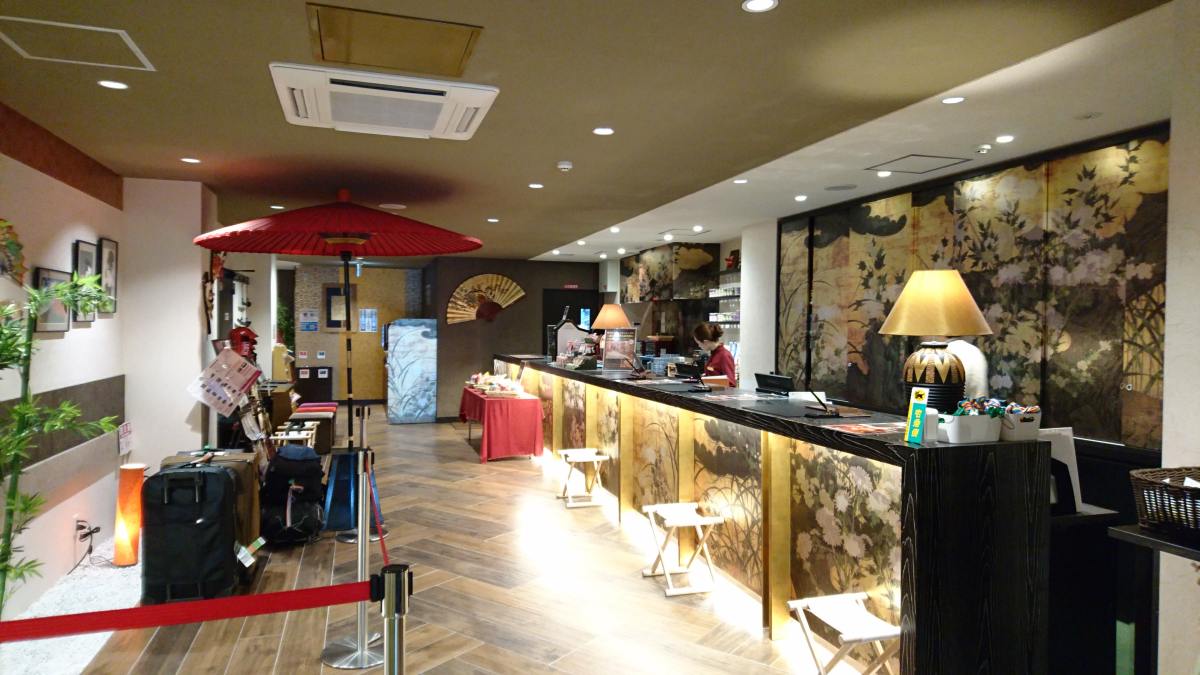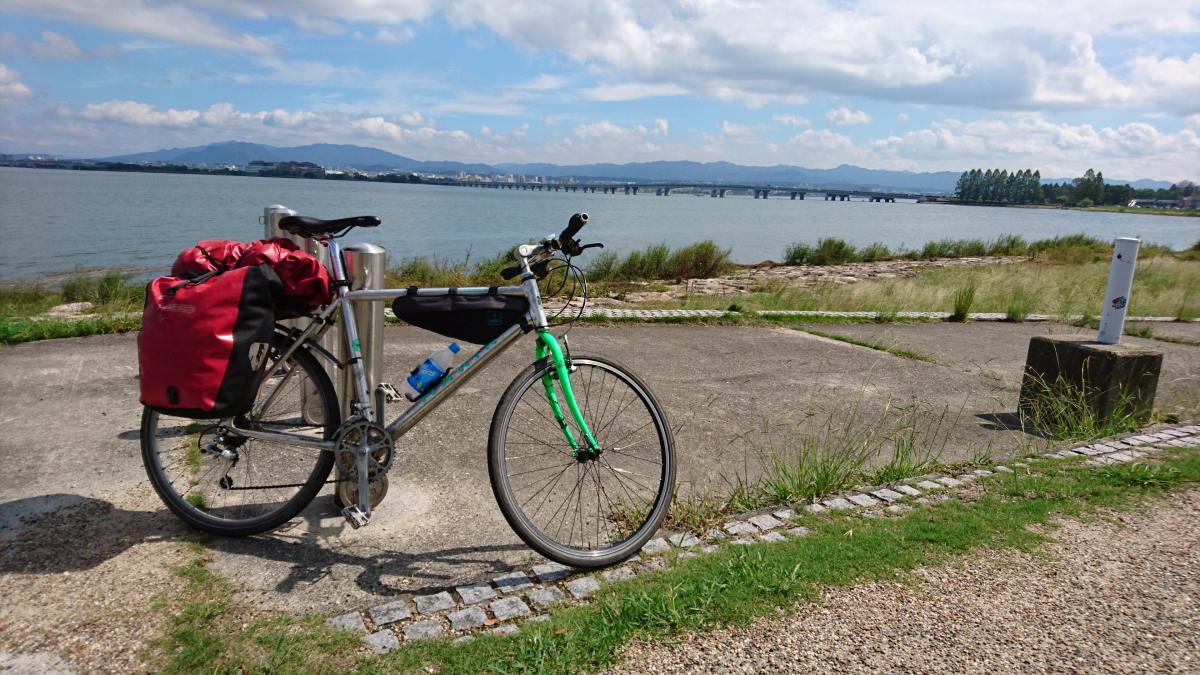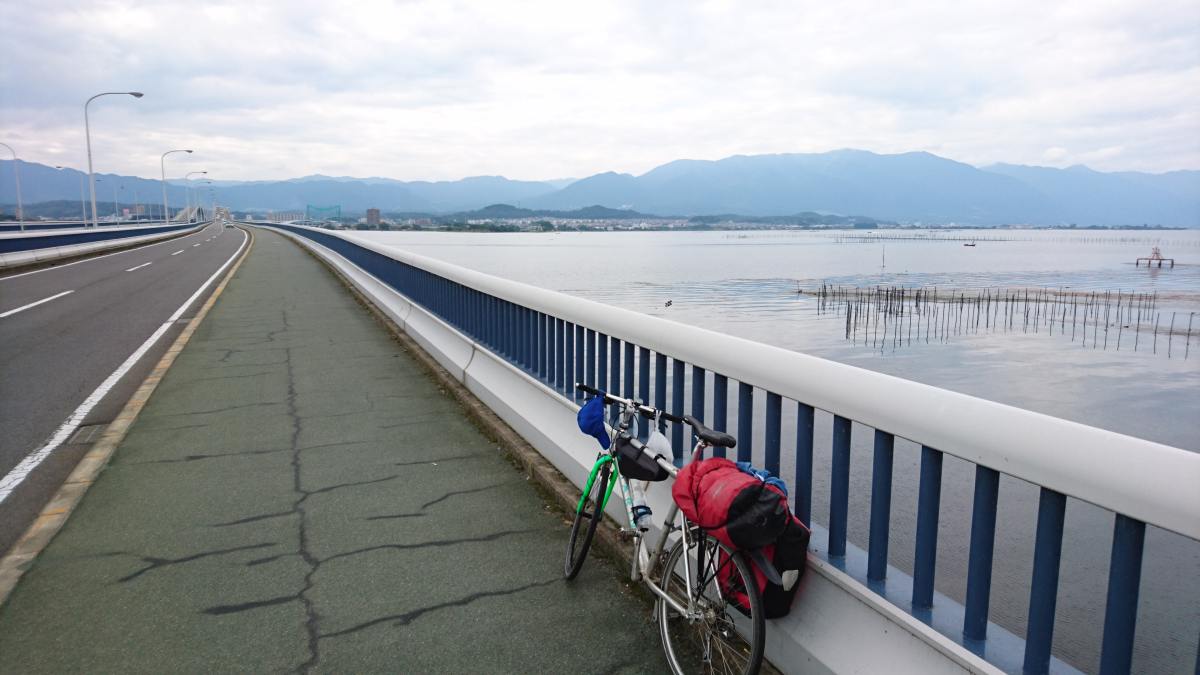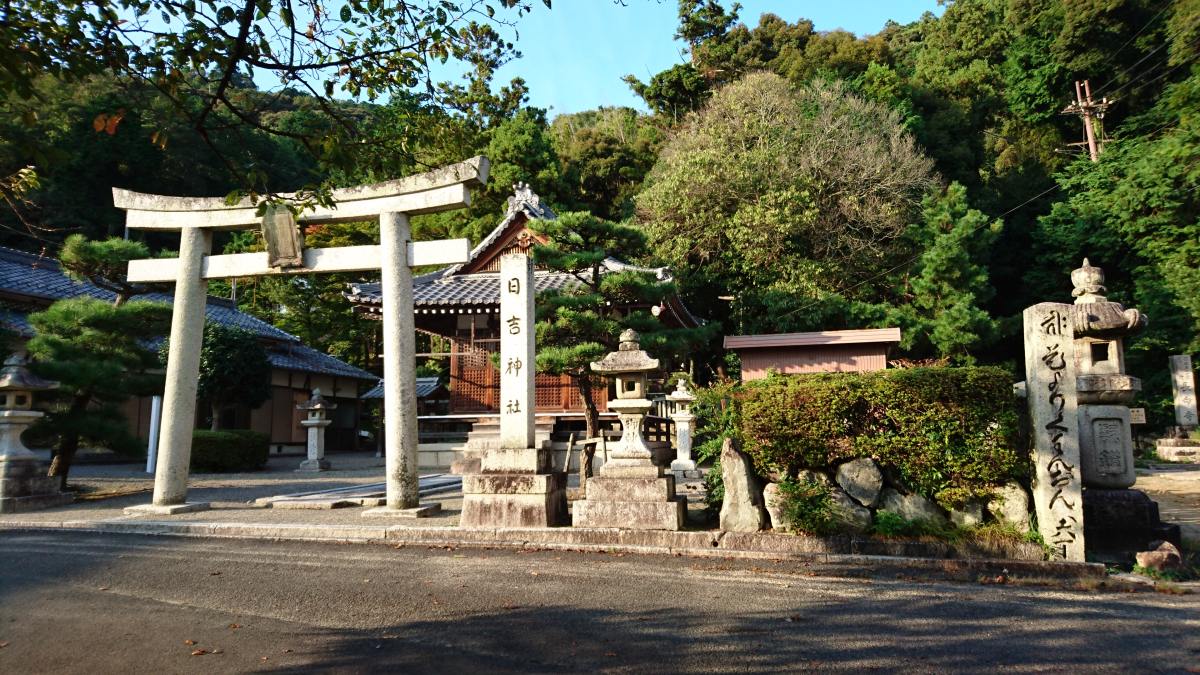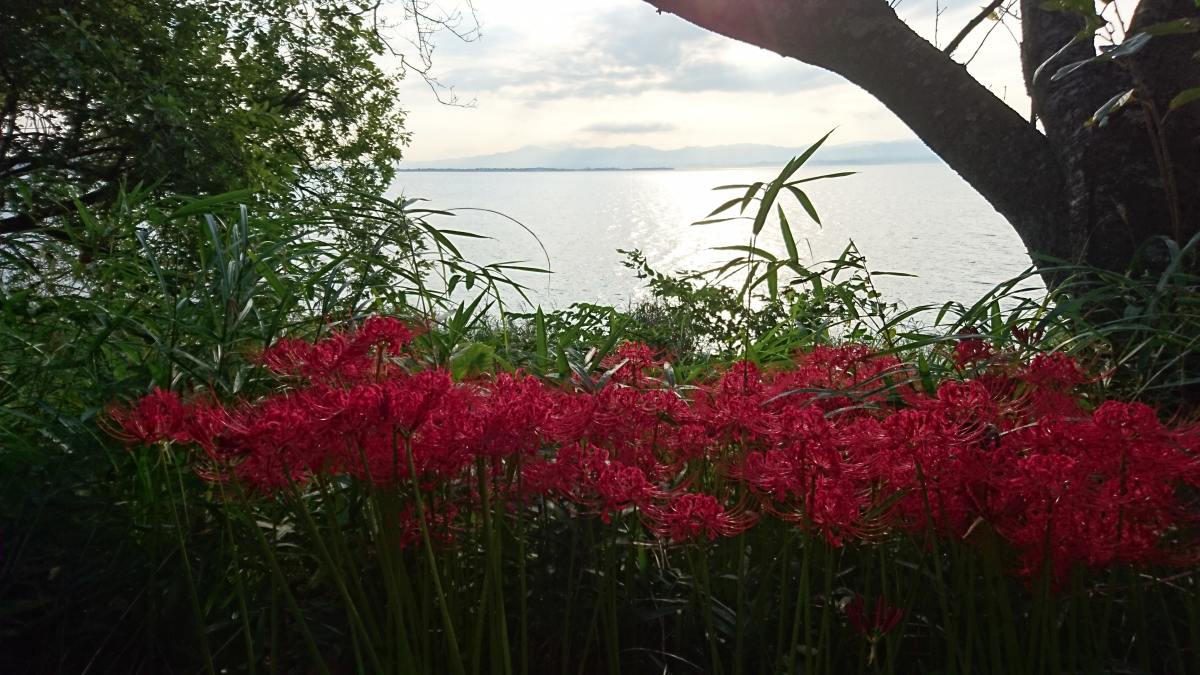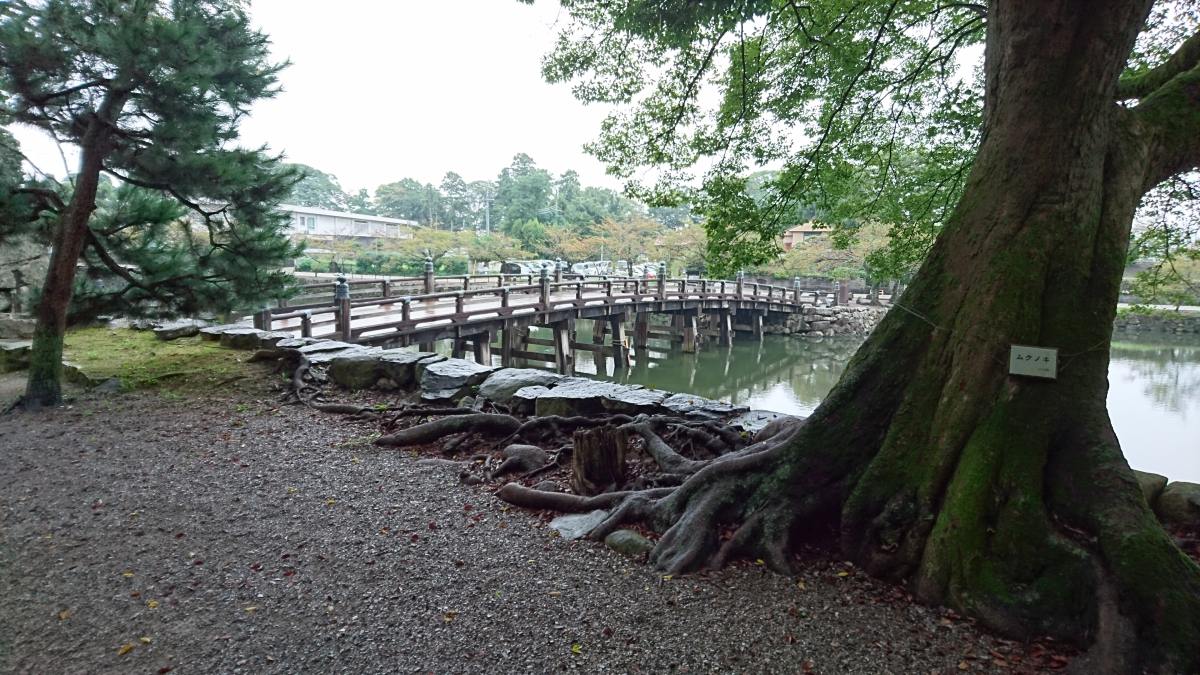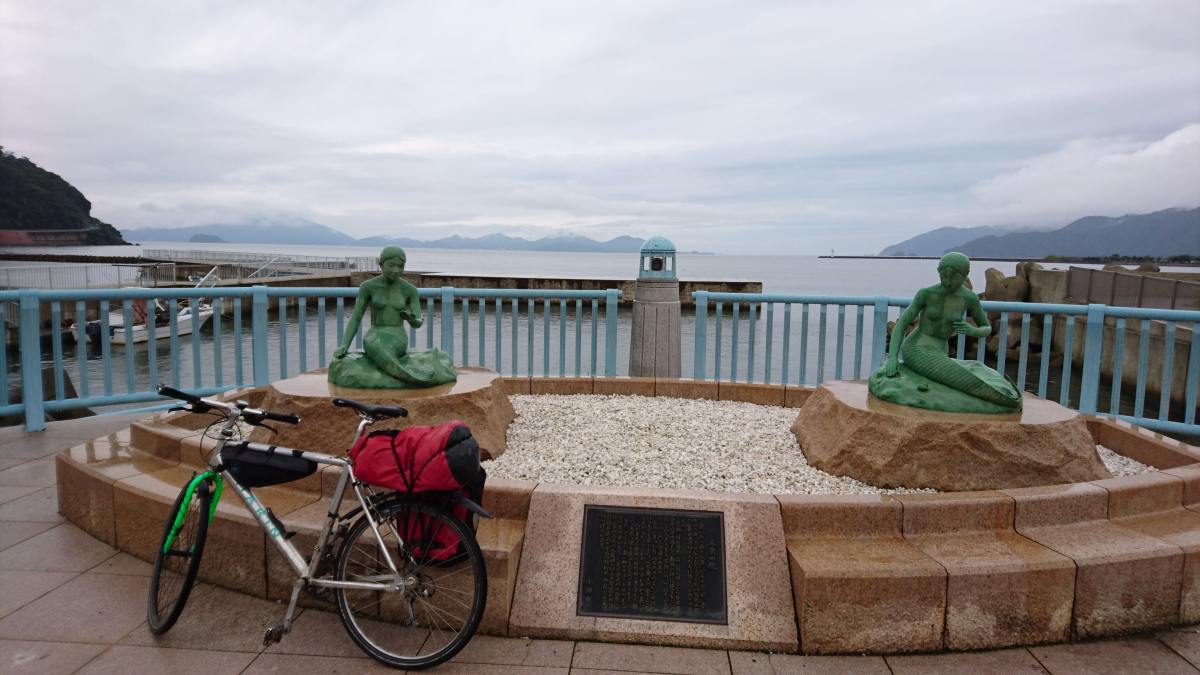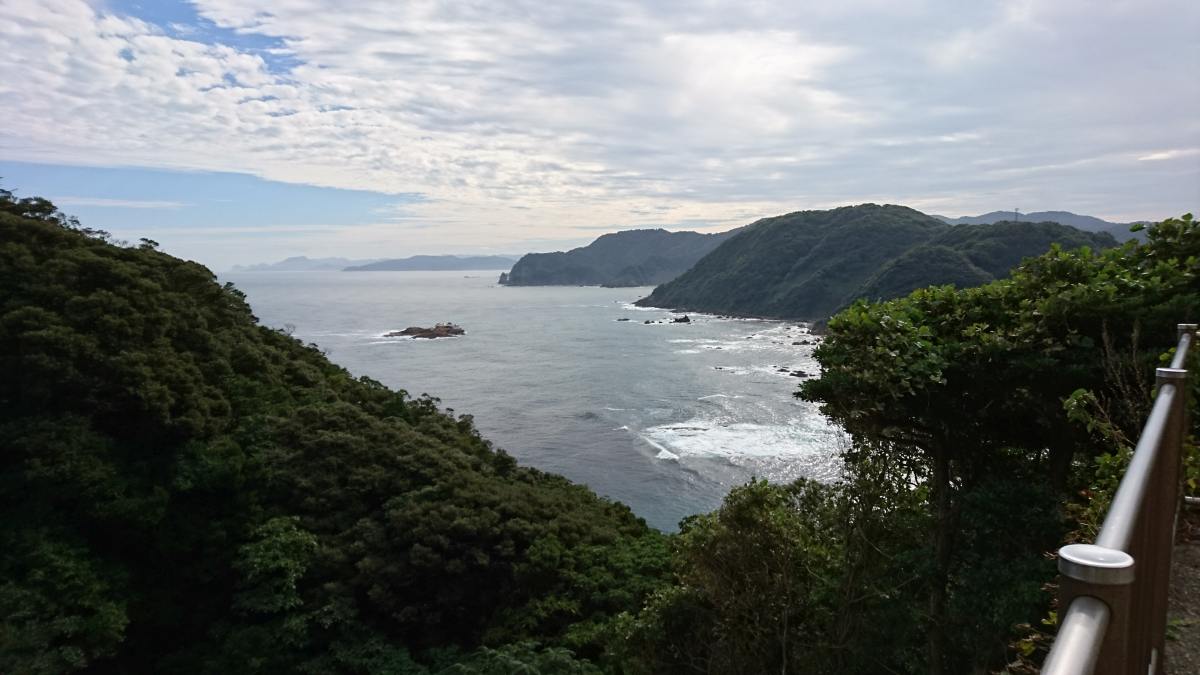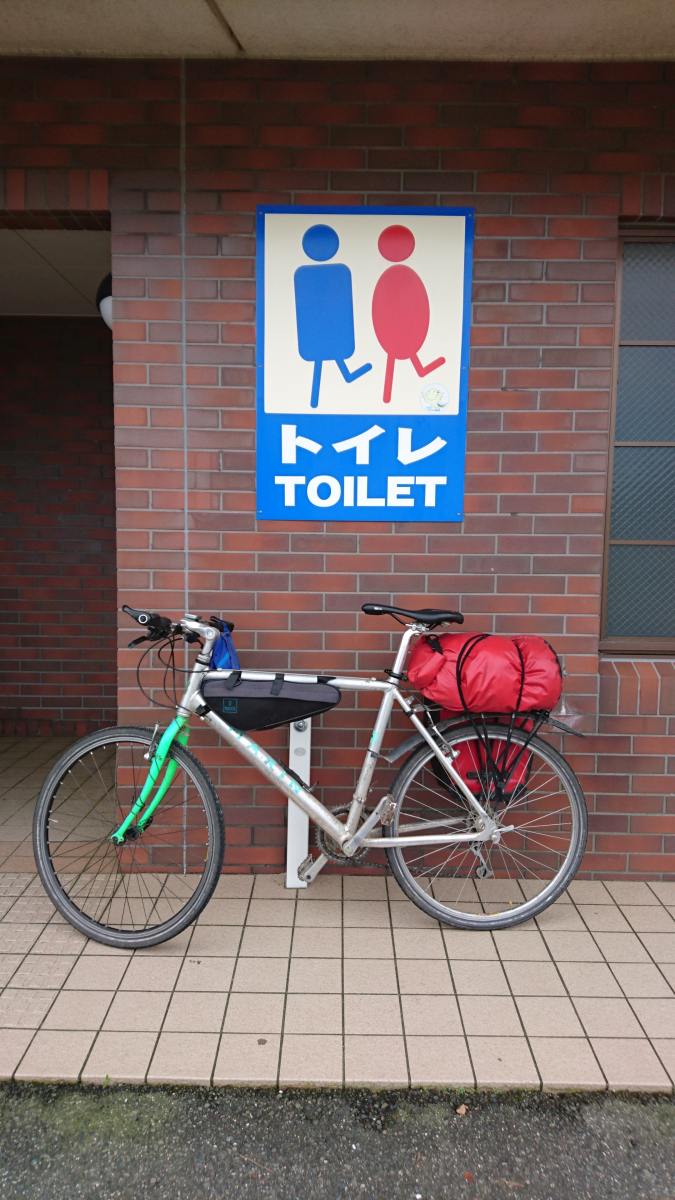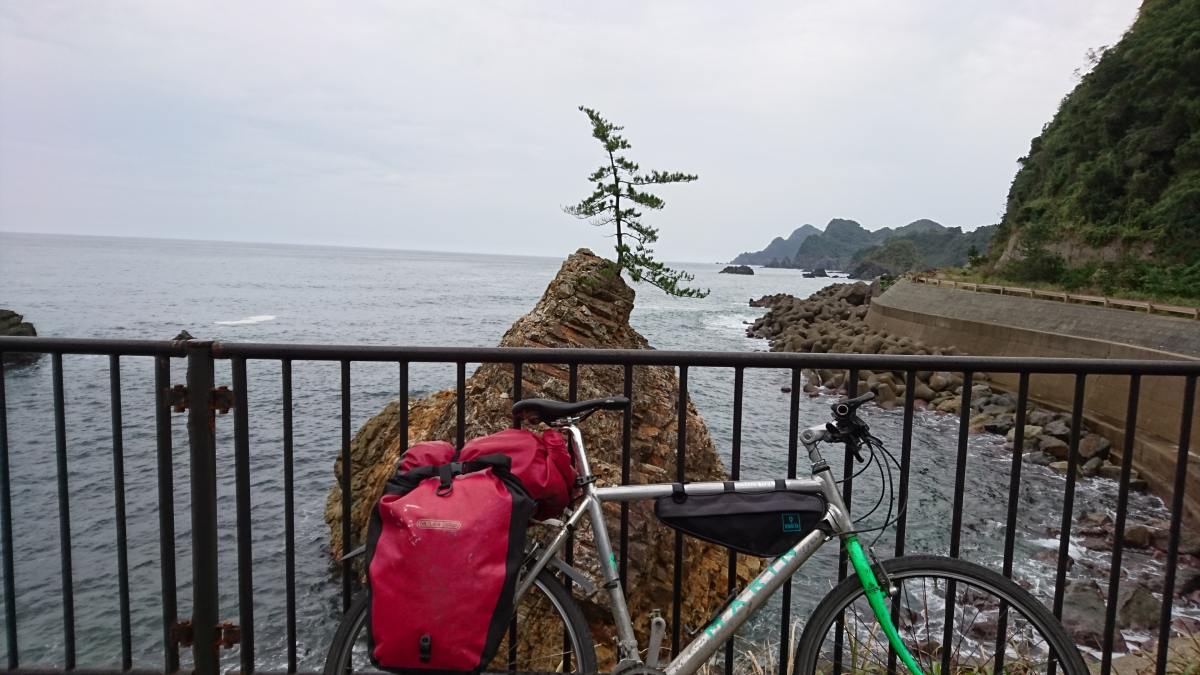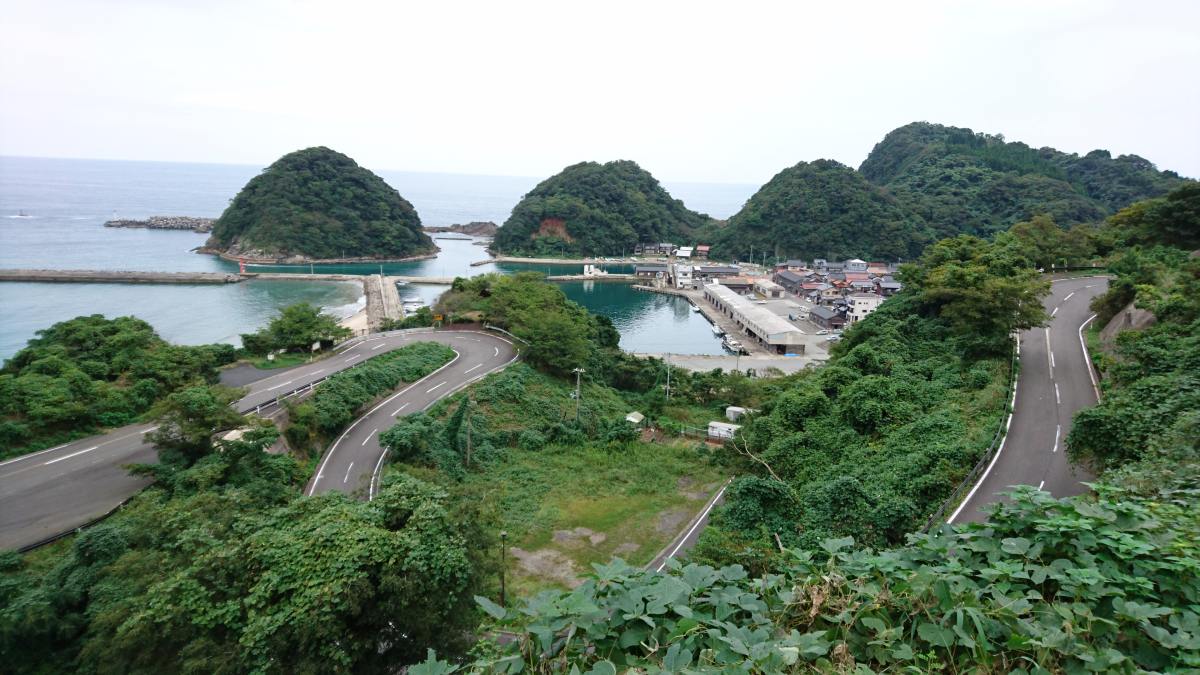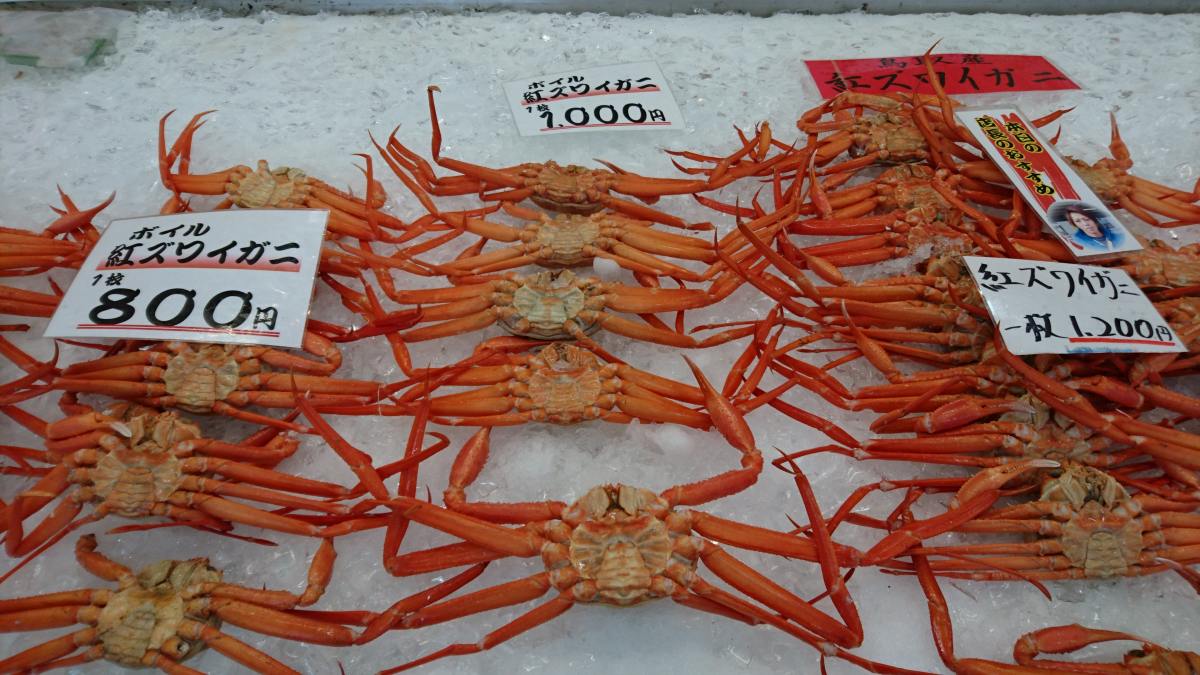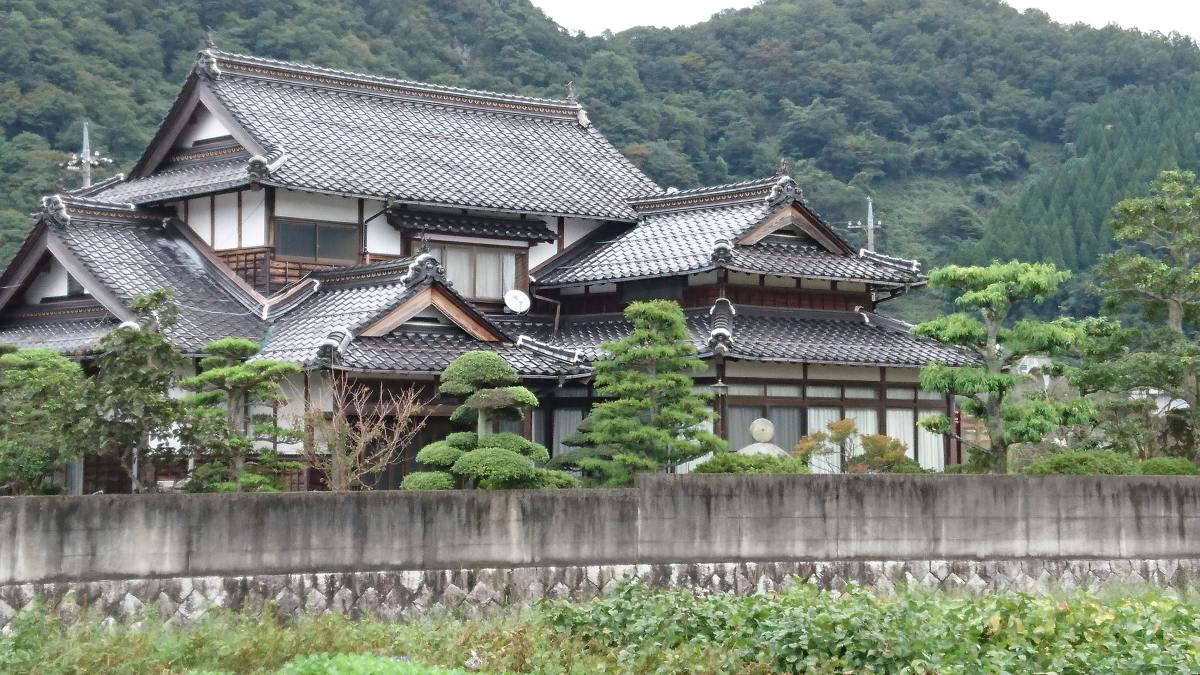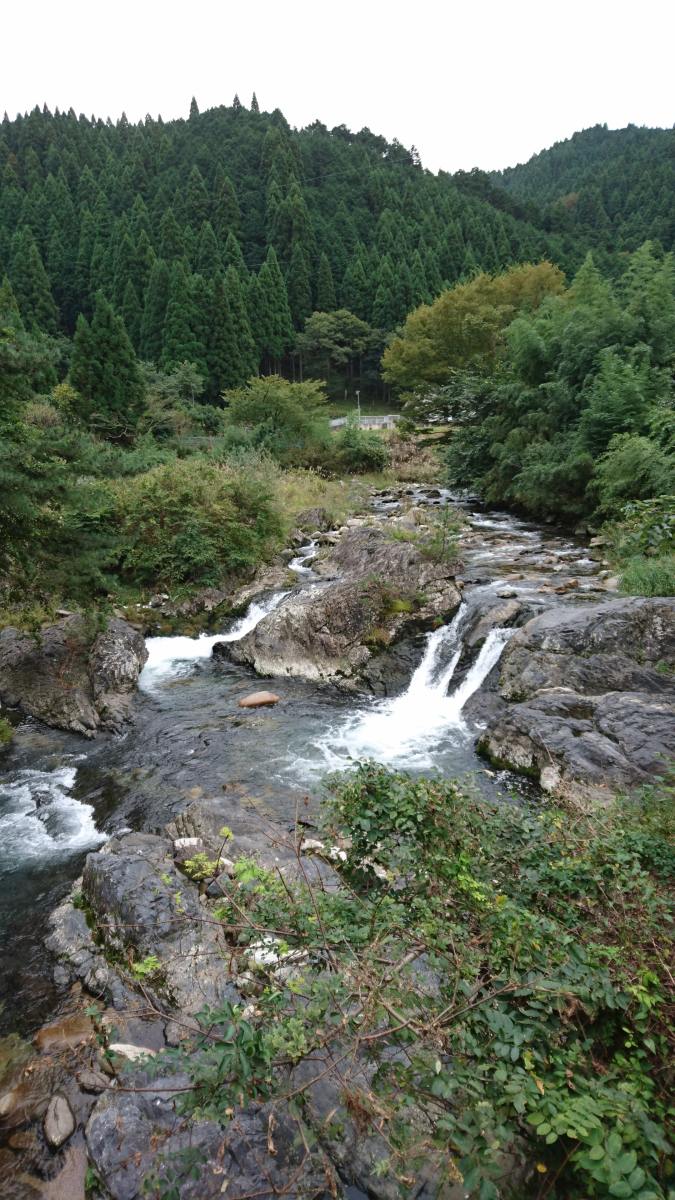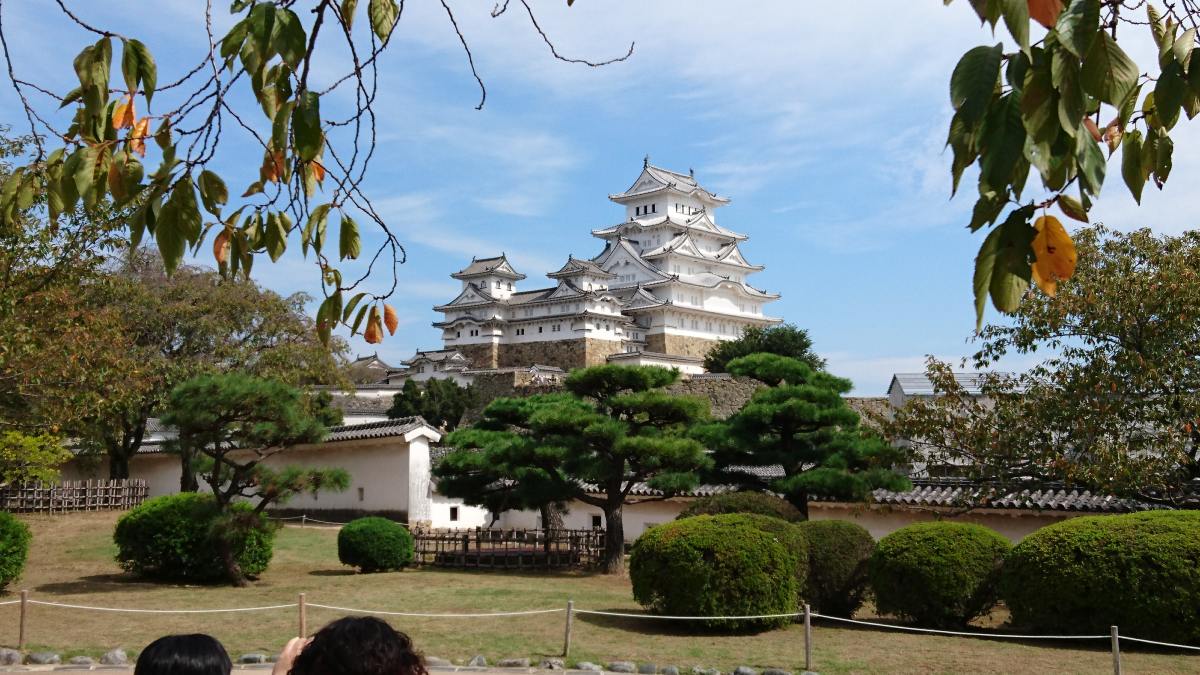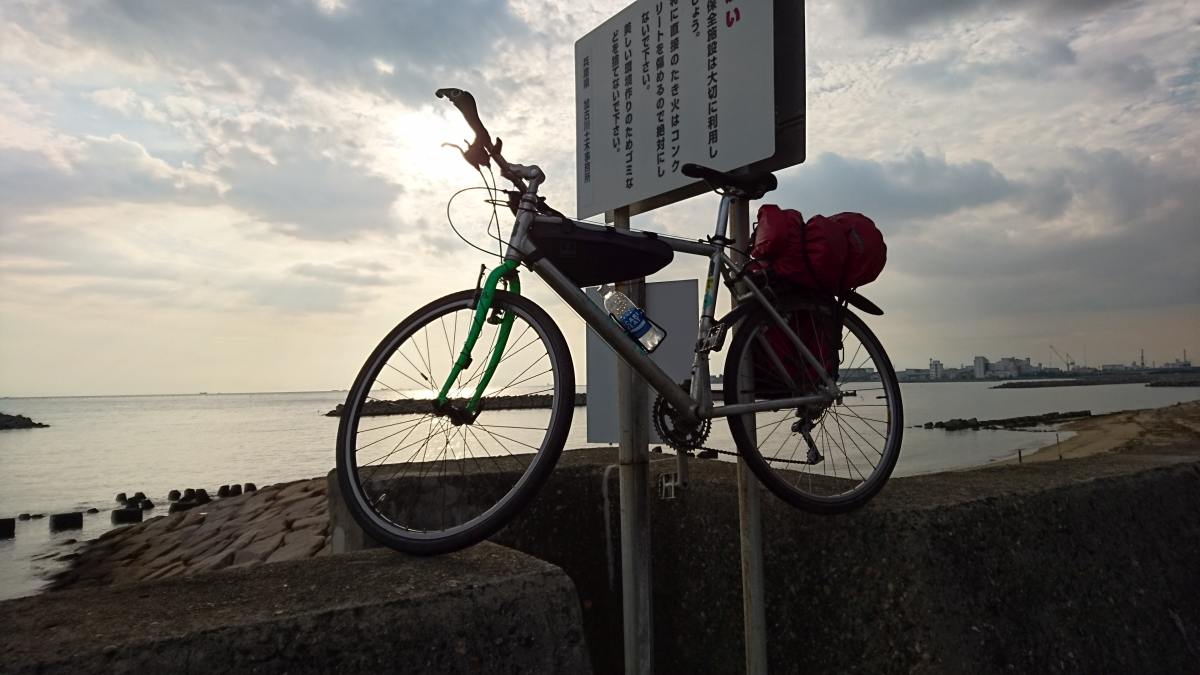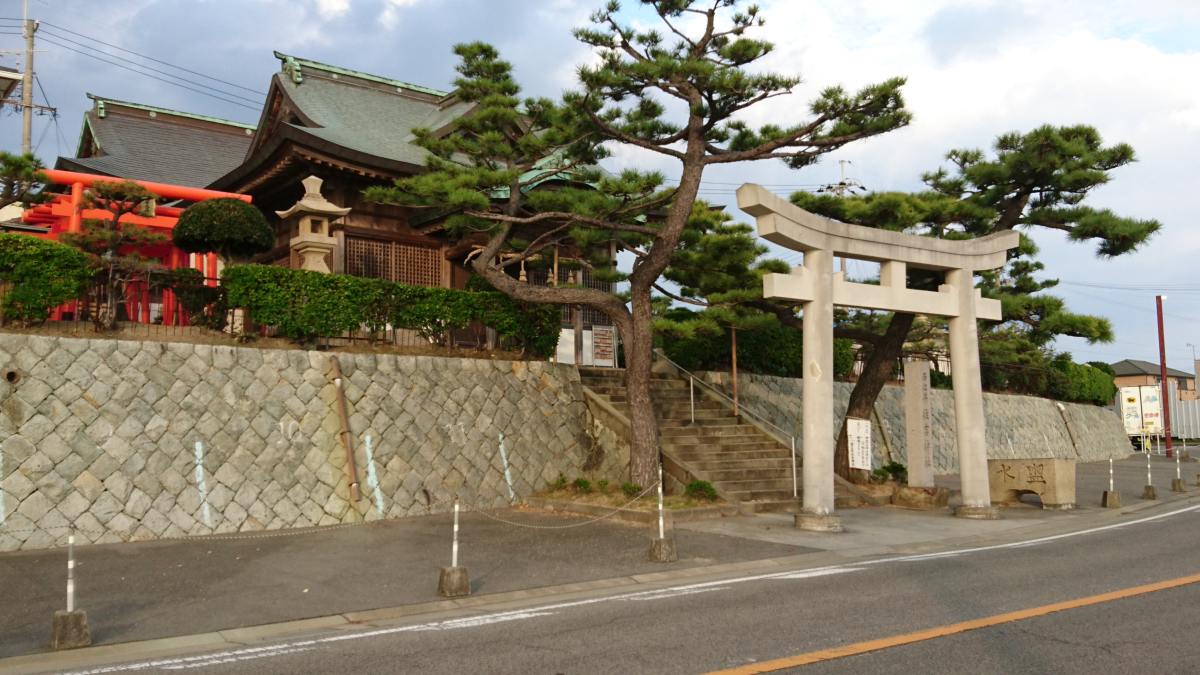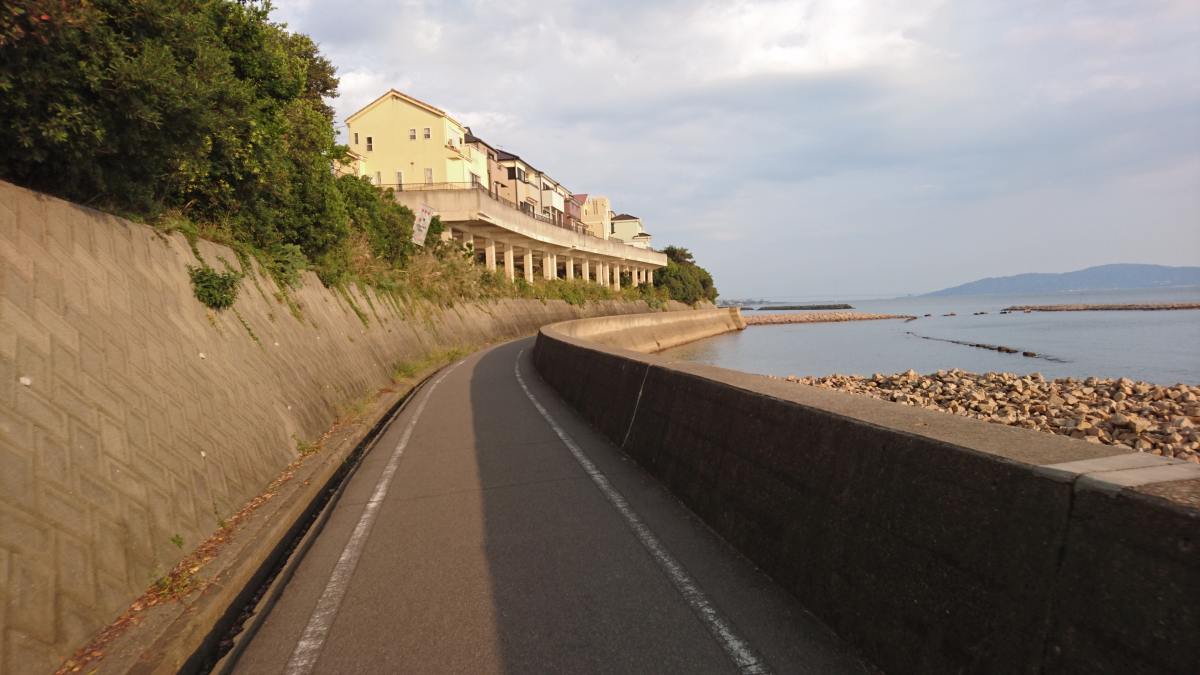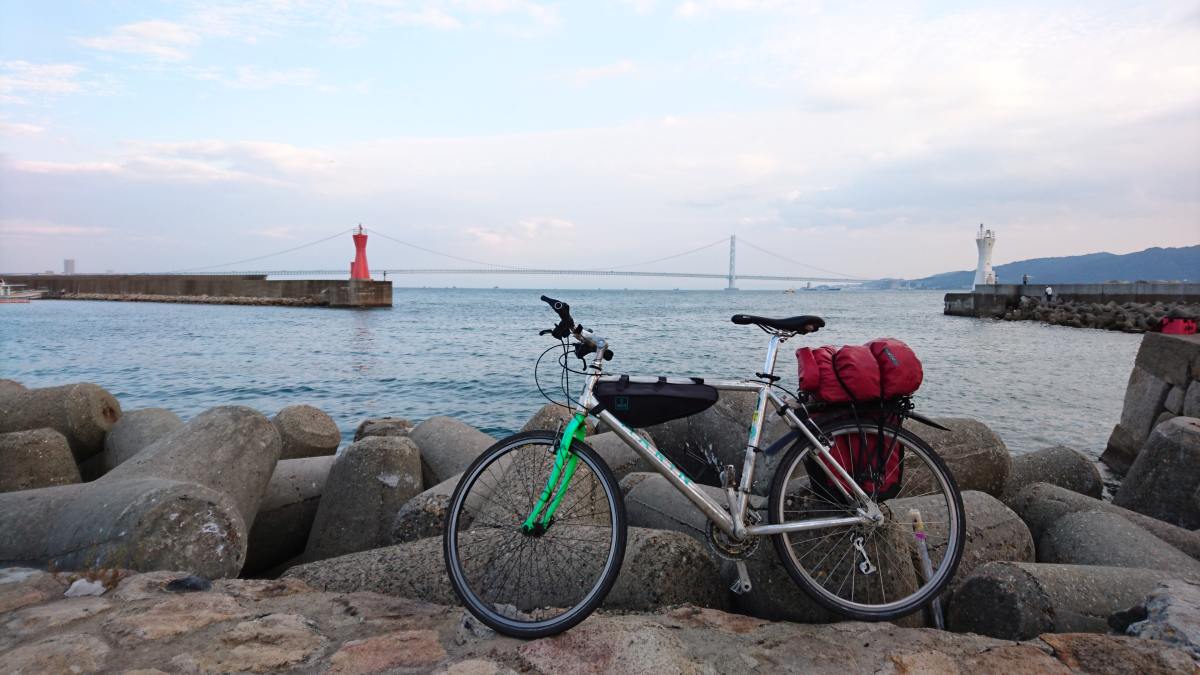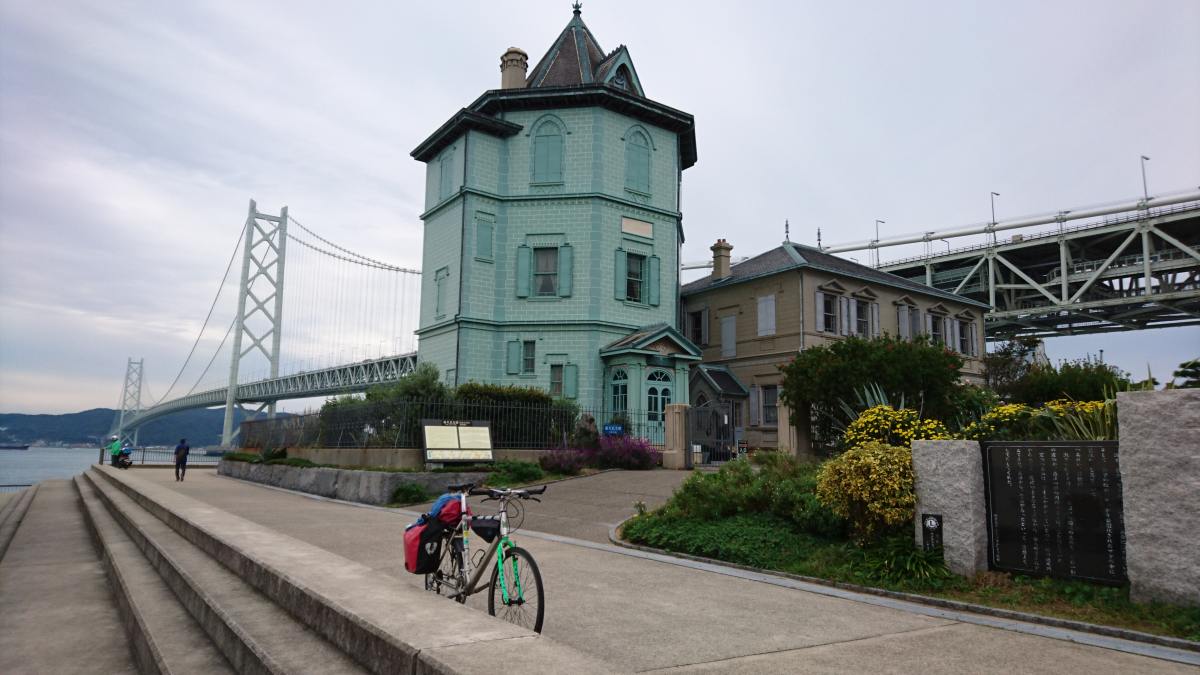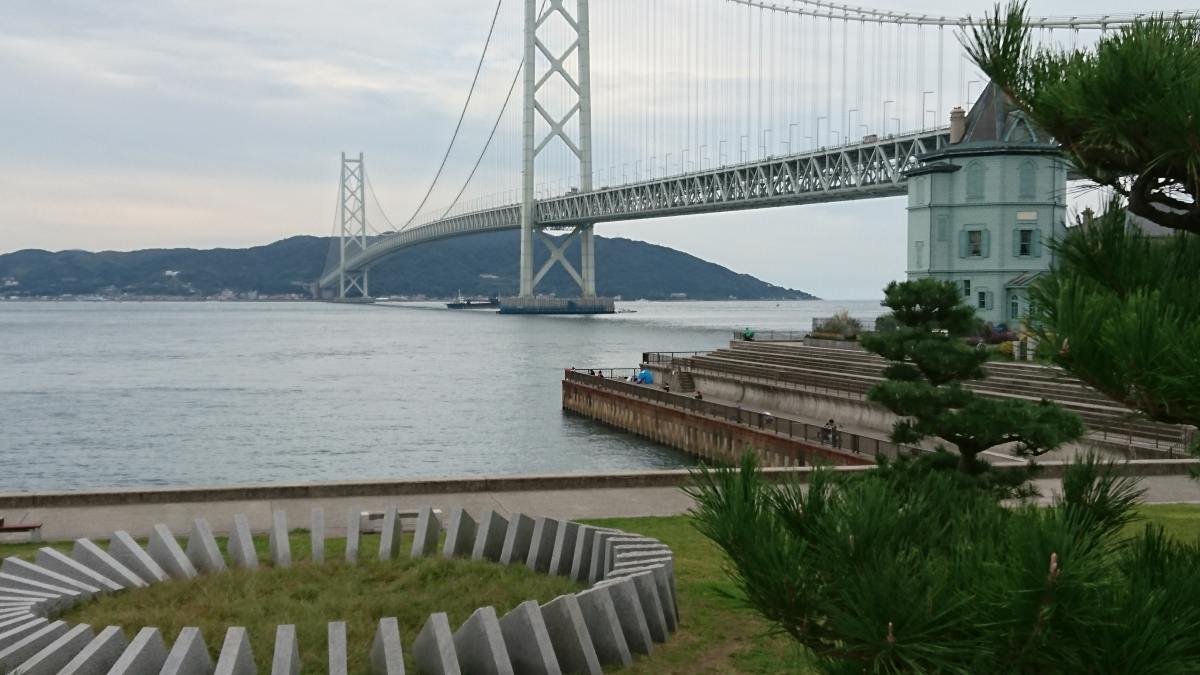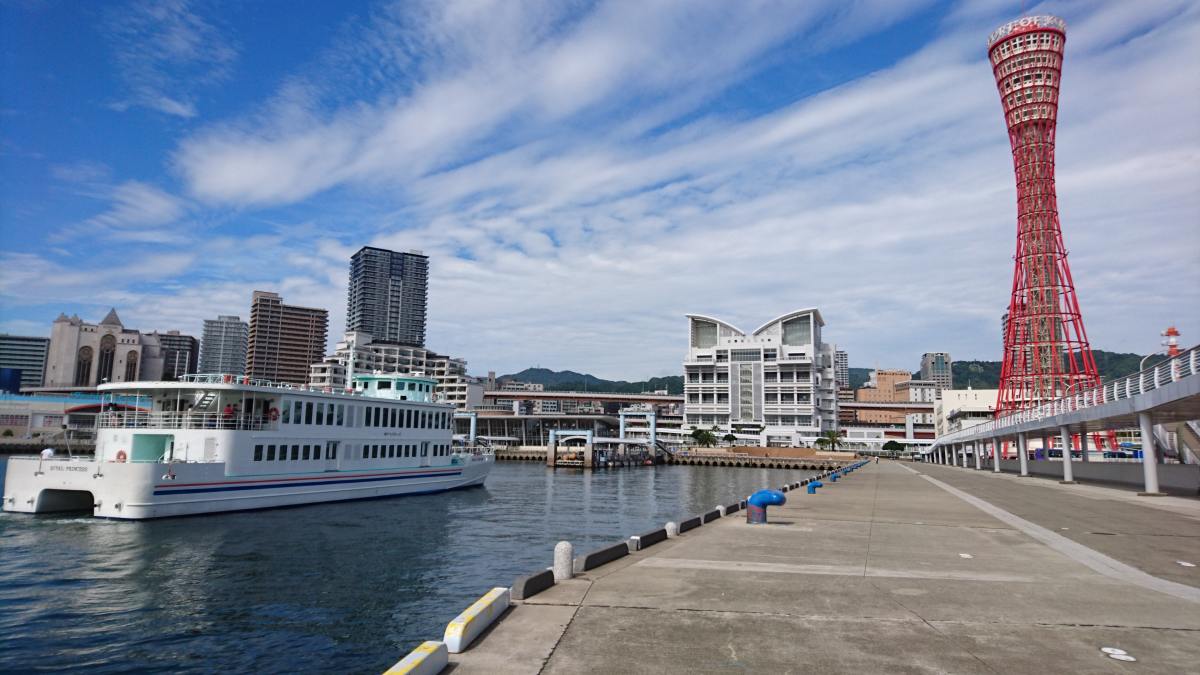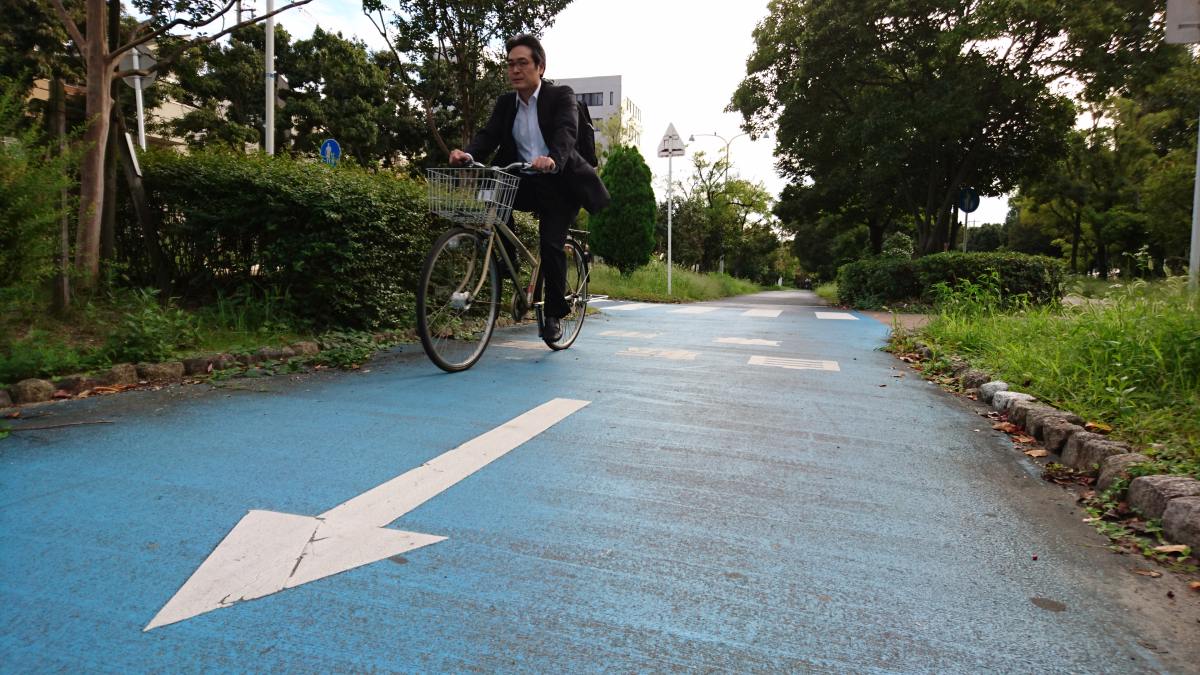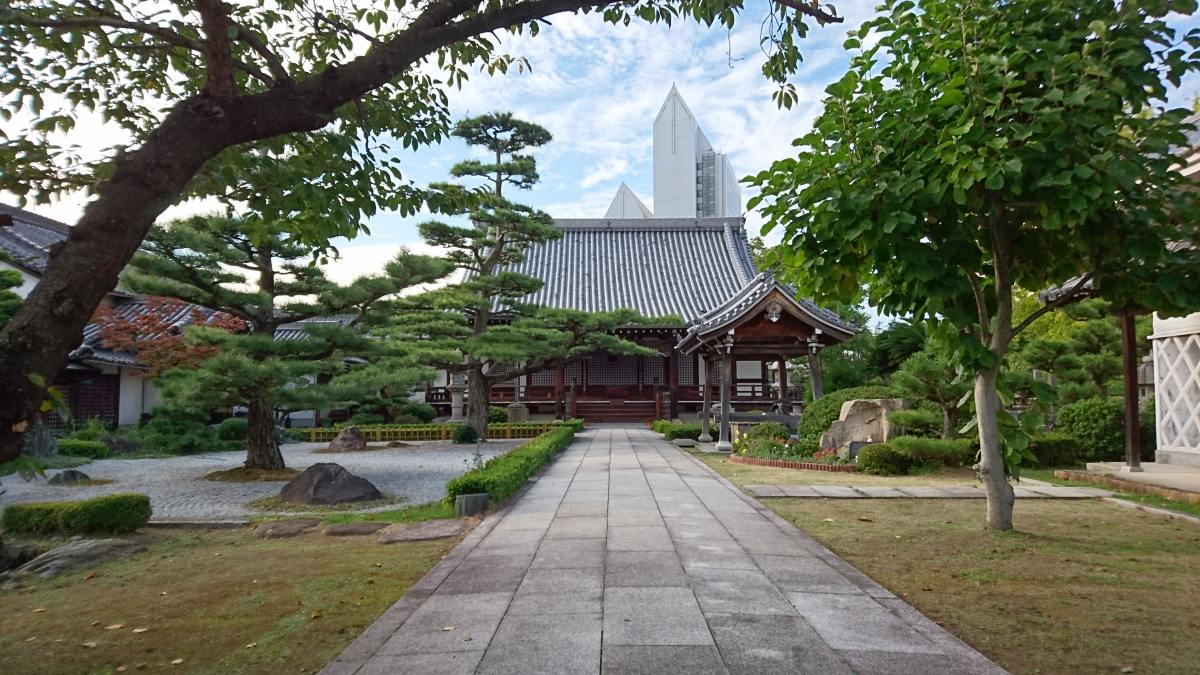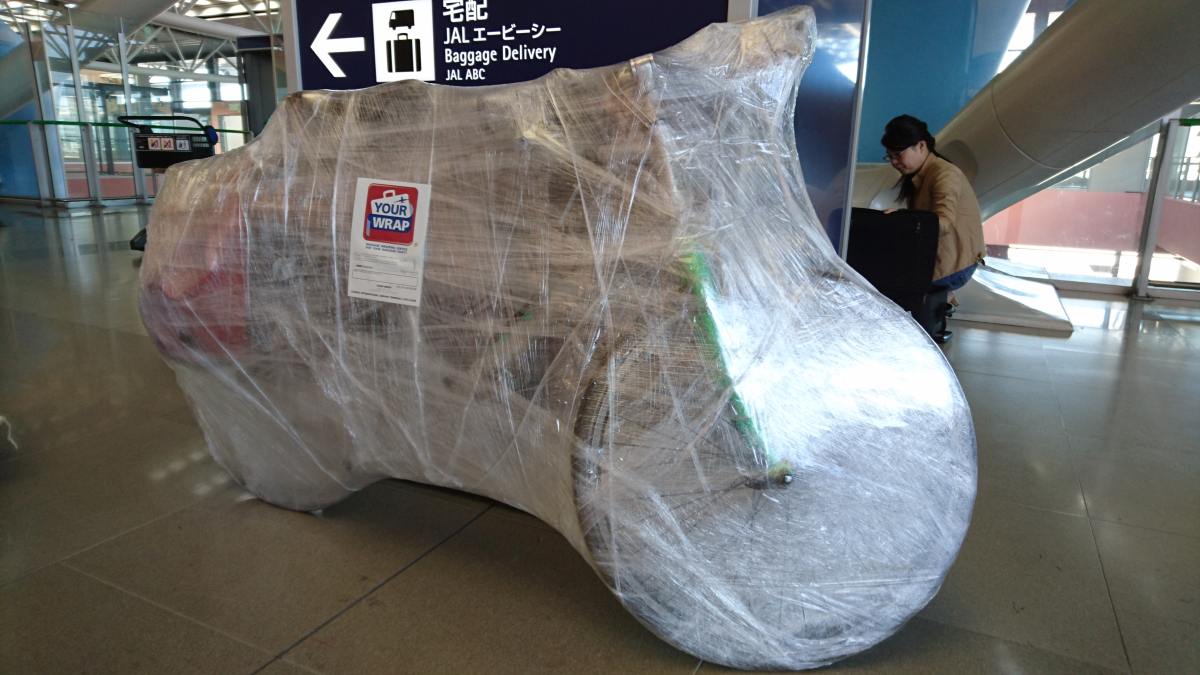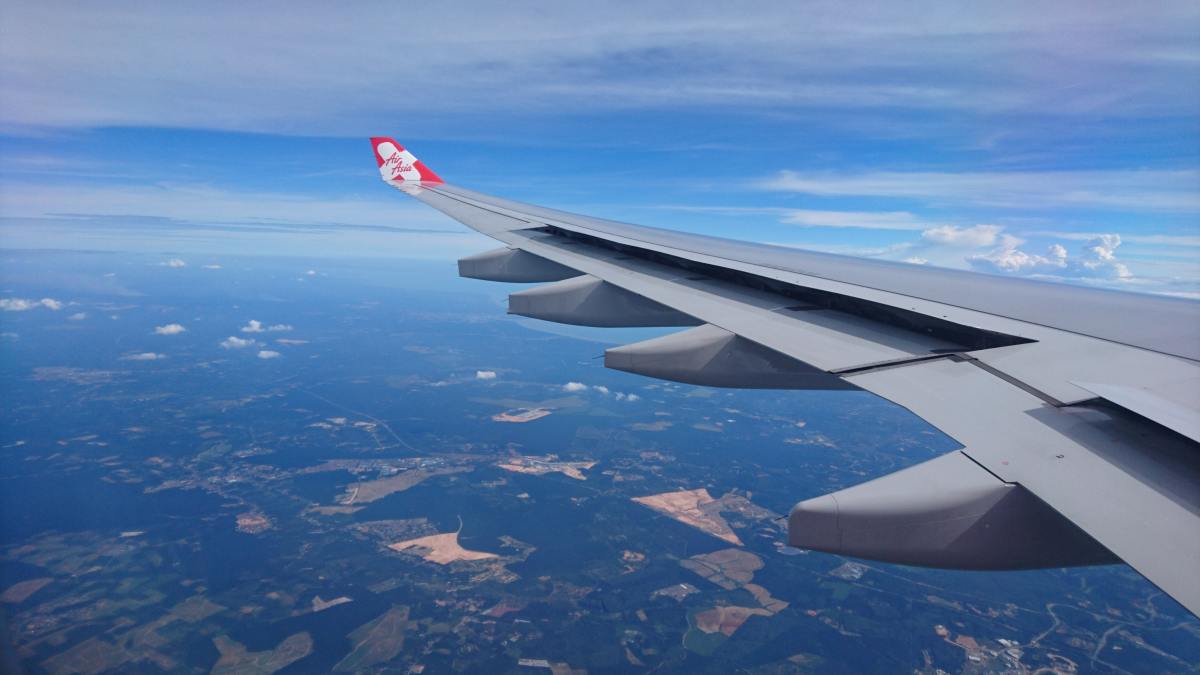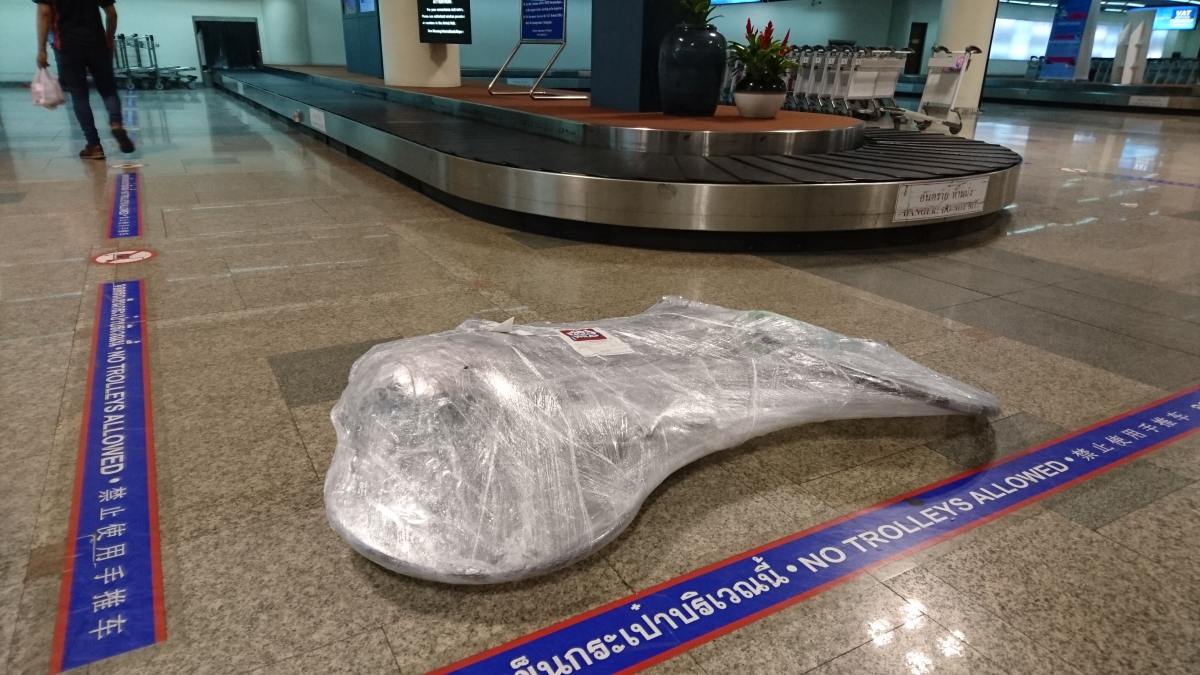Here you will find information about cycling in the country, navigation and accommodation, the possibility of sending luggage or even the bike.
From mid-September to mid-October 2016, I was on the road in the Land of the Rising Sun. Of course I also wanted to cycle in Japan and so “experience” the country in the true sense of the word. So I had my touring bike with me. Apart from smaller trips in Tokyo and Tottori I have been on tour twice. But only in Kansai, the middle part of the main island.
Is Japan a country for cycling? My pros and cons.
My experience is mixed. On the pro side you will find:
- High security, low crime. Low risk of the bike being stolen.
- Beautiful nature. Especially at the coast.
- Super road network.
- Supply of food and drinks is completely unproblematic.
- Cycling is recognized. There are enough well-assorted bike shops.
- The bicycle is a frequently used means of transport in the cities.
On the contra side:
- Partly narrow roads, which requires a lot of attention when riding.
- Many tunnels in the mountainous terrain.
- Transportation by public transport is difficult to impossible.
- Cycling is no fun in big cities.
- There are only few cheap overnight accommodations, especially if you want to be flexible.
- Left-hand traffic needs to get used to for many people.
- Depending on the season there is a lot of rain.
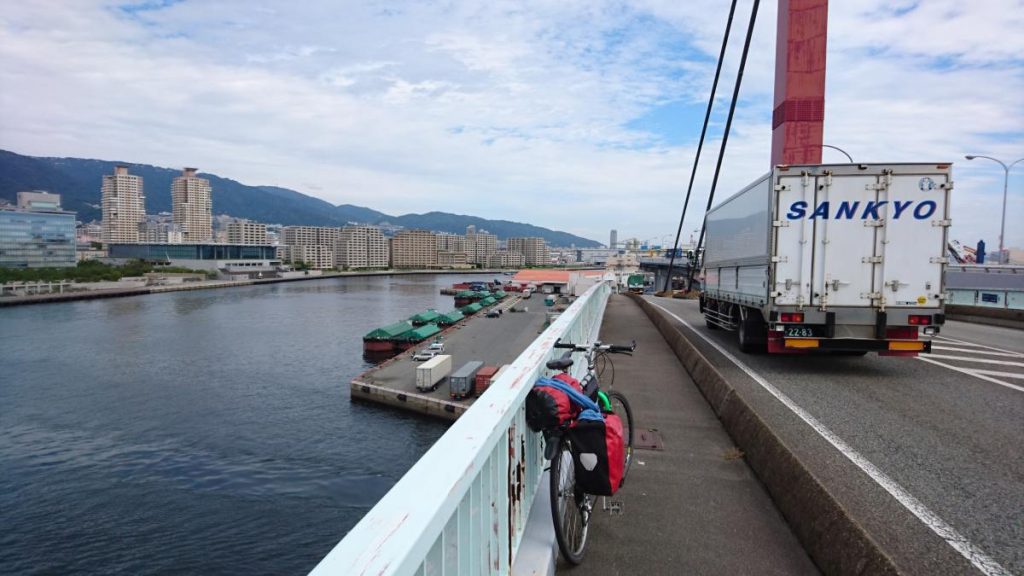
Road network
Japan is a densely populated and highly industrialized country. Accordingly, the road network is very well developed. But this also means that there are large cities and industrial areas. My 4 relatively short day trips from Himeji via Osaka to Izumi were no fun with what felt like a hundred red lights.
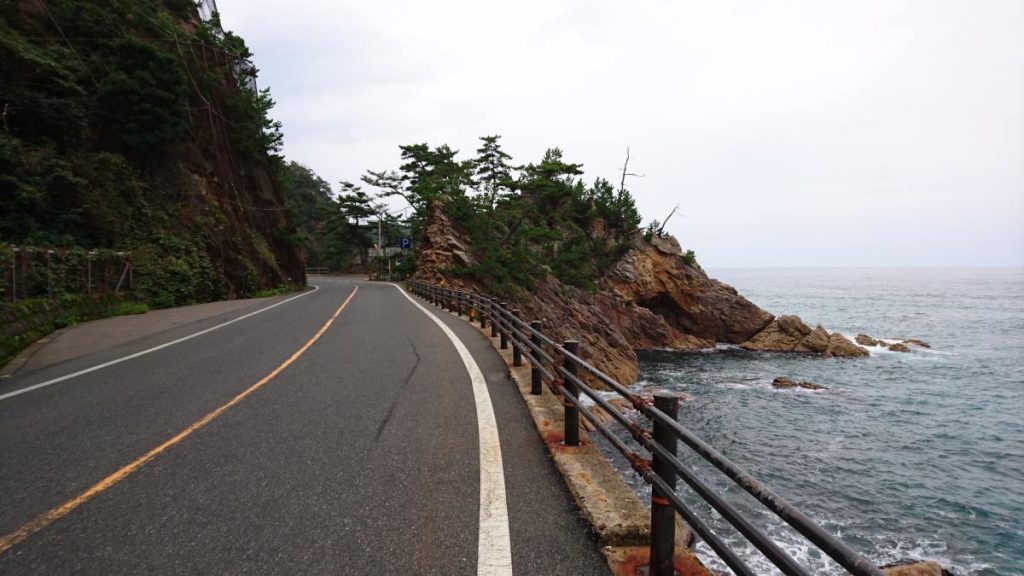
The challenge in the countryside is to find small or little frequented roads. It was best if a motorway (Express Highway) was running parallel. Then there was much less traffic.
Safety
I have always felt very safe in Japan when it came to leaving my bike somewhere. Even with luggage I didn’t think much about it, because there is very little crime in the country. In addition, every construction site is perfectly secured, broken down vehicles are immediately and visibly marked, car drivers are relatively cautious about cyclists – it’s like in Central Europe.
In the cities, everyone drives on the pavement. And that quite chaotic, i.e. sometimes on the wrong side. So watch out!
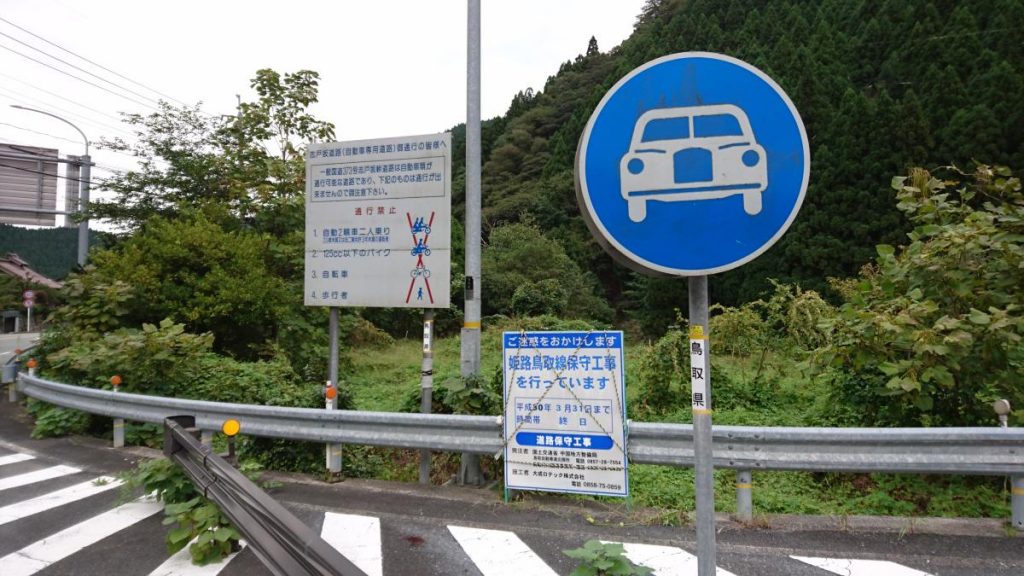
Navigation
Street signs, at least on the major roads, are always in our writing. With a mixture of the route planner from Google Maps (with a Japanese SIM card for just under 3000 Yen for 1 month) and CityMap2go (with free offline maps that you can download beforehand) I was doing well.
In the big cities I was also able to orientate myself well on railway lines or big highways. Both are often built high up and therefore clearly visible. Often it was also possible to drive directly along the railway line on a small road.
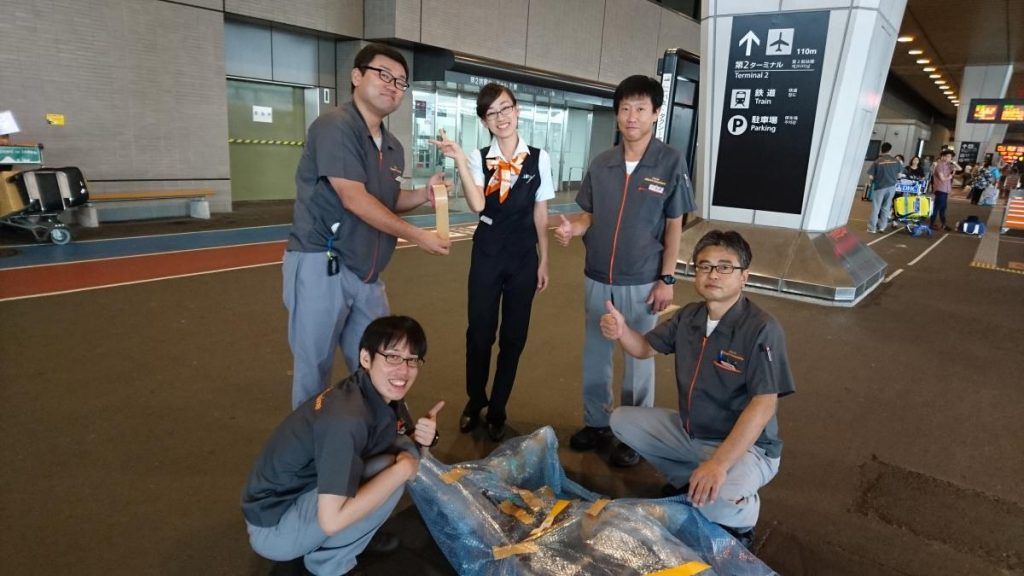
Public transport and bicycles
For the airport limousine bus from Narita Airport in Tokyo to the city center my bike needed to be packed. 5 employees of the bus company packed it, so that it could be taken along.
In the Willer bus from Tokyo to Kyoto it was not possible to take my bike. Also not in a bag, which I don’t really understand. In trains it is obviously possible to take a bike packed in a bag. But there is not much space for big luggage. Tip from Tessa: better get on the train in the back or in the front.
Bicycles are not allowed on the underground or trams in Tokyo.
When a taxi ride to the airport was booked, the bicycle was refused. When I simply called a taxi, the taxi driver just put my bike into the big trunk and tied the lid tight.
Baggage transport
A great thing, actually. It’s very easy to have your luggage delivered or forwarded in Japan. Yamato was the first company to offer this service and today has the largest distribution network. A normal package can be dropped off at a Kombini ( convenience store, 24-hour supermarket, 7/11, Lawson, Family Mart, etc.) or even picked up at a hotel/hostel. I could only drop off the packed bike at a Yamato branch. But there are some of them. Also my notebook I could send in a special packaging. Sending the bike from Tokyo to Kyoto cost 1600 Yen. Sending the backpack from Tottori to Osaka costs about the same.
BUT:
Unfortunately, the bike bag I bought for 3500 yen at a bike shop was torn apart on arrival. Furthermore the bottle holder was broken and one axle was bent. So the handling of the tied up bike does not seem to have been the most gentle. (This again supports my theory that unpacked bikes are treated better because they are not considered as luggage and are usually easier to carry.
Link Yamato. My tip: Find the nearest Yamato shop on the map.
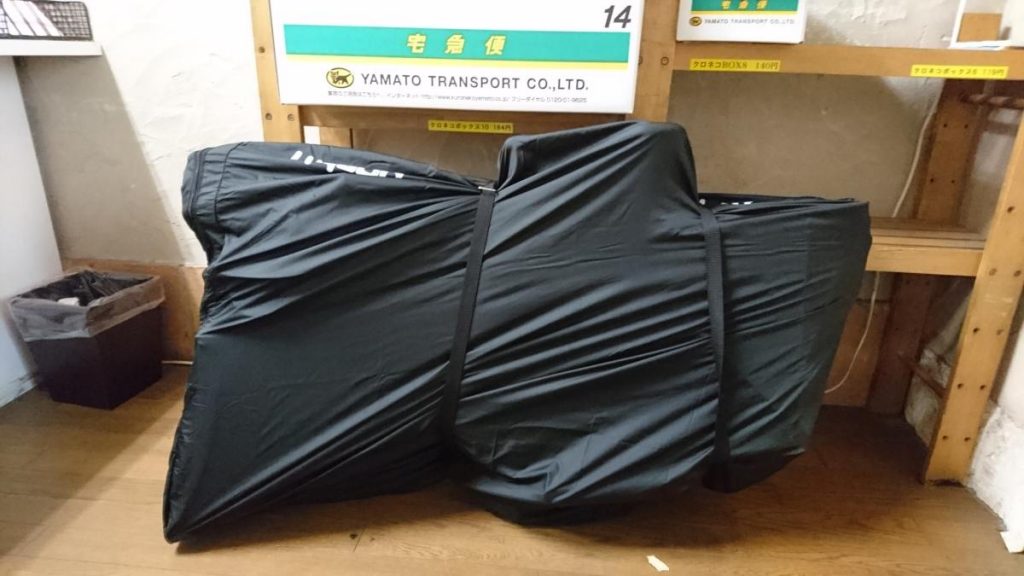
For the return flight with AirAsia from Osaka I was not allowed to transport the unpacked bike. With NokScoot this had been possible on the outward flight. Fortunately there was a packing service at the airport, where usually suitcases are “wrapped”, i.e. wrapped with foil. For 1500 Yen this was also done with my bike. The result could also have been from Christo.
Bike Tours in Japan
First tour
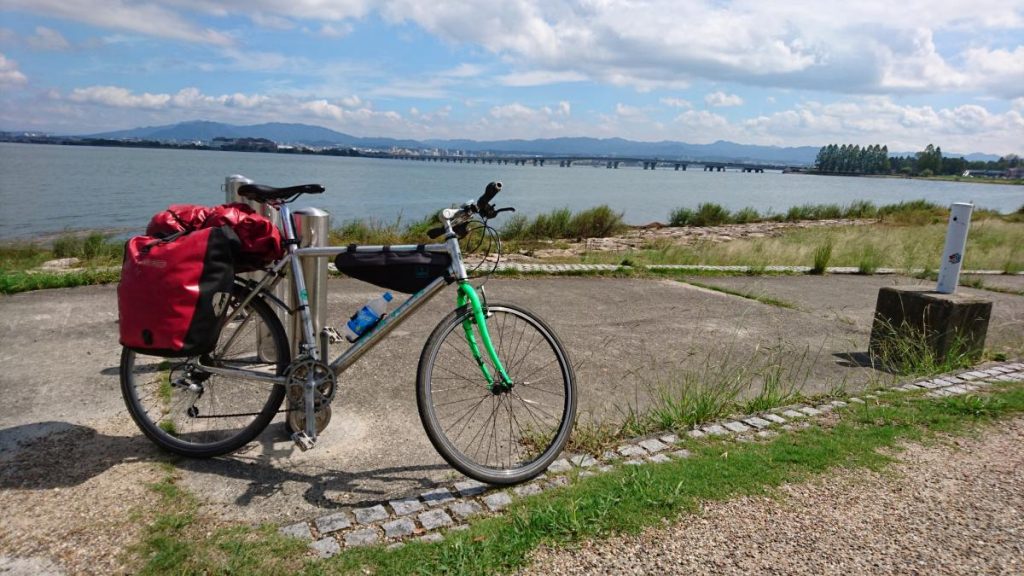
Kyoto – along the lake Biwa to Hikone (about 95 km, only at the beginning to the lake a few meters of altitude)
Along the east bank was great. Cycle path quite directly along the water, view to mountains on the other side, many birds of prey and sea birds.
Hikone – Oi (about 75 km because of shortcut across the lake, otherwise about 40 km more)
Because of the heavy rain I took a short cut by boat from Nakahame to Imazu. Great stopover on Chikubu Island, costs extra for bike 1100 Yen. On the 303 into the low mountain range of Wakasa, narrow roads with trucks and narrow tunnels, slippery when wet! Tip: turn on 367 at the police box to avoid the 3 km long tunnel. Obama at the sea (really called so), cool little road directly along the sea around a mountain, beautiful without cars as a designated bike path. Coast, villages and big shipyards.
Oi – Kinosaki (120 km, about 500 meters altitude difference)
Continue via Maizu, naval port, abbreviation no. 45 over mountains about 300 meters altitude difference. A dream on a beautiful little road. I saw a deer. Small villages with traditional Japanese wooden houses, hardly any cars. Until Miazu, then No. 312, when the motorway is finished here, there will be even less traffic (4 tunnels, dangerous, slippery when wet, only one had a bicycle path) Kumihama, turn left on 178 to Toyooka. Kinosaki is a beautiful village with many ryokas and hot spring baths. All the people on the streets walk from the hotel to the baths and vice versa wearing traditional house clothes and wooden sandals.
Kinosaki – Tottori (approx. 95 km, altitude not measured)
Very beautiful coastal section, Sanin Kaigan Geopark, beautiful rocky coast with many small islands, only section with a little bit more demanding gradients, leads directly past the famous sand dune, tip: boat tour in Kami.
I have always found small side streets. Mixed forest interspersed with bamboo. Monkeys in the forest along the road.
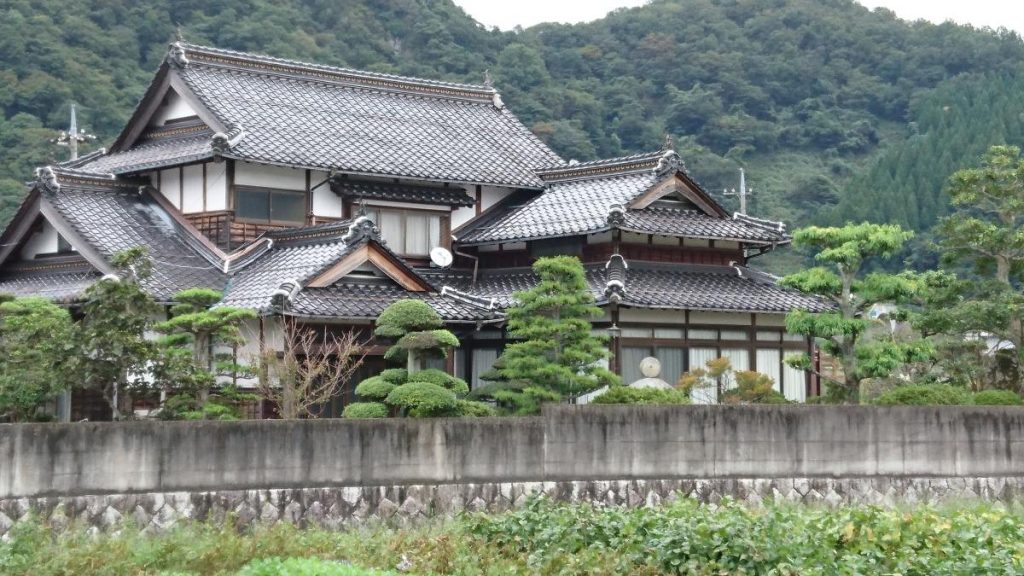
2. Tour
Tottori – Himeji (about 130 km, about 600 m altitude difference)
Great stage through a low mountain range like the Black Forest, possible on small roads and cycle paths, safe tunnels, little traffic especially on the sections running parallel to the highway. The castle of Himeji is wonderful! World cultural heritage!
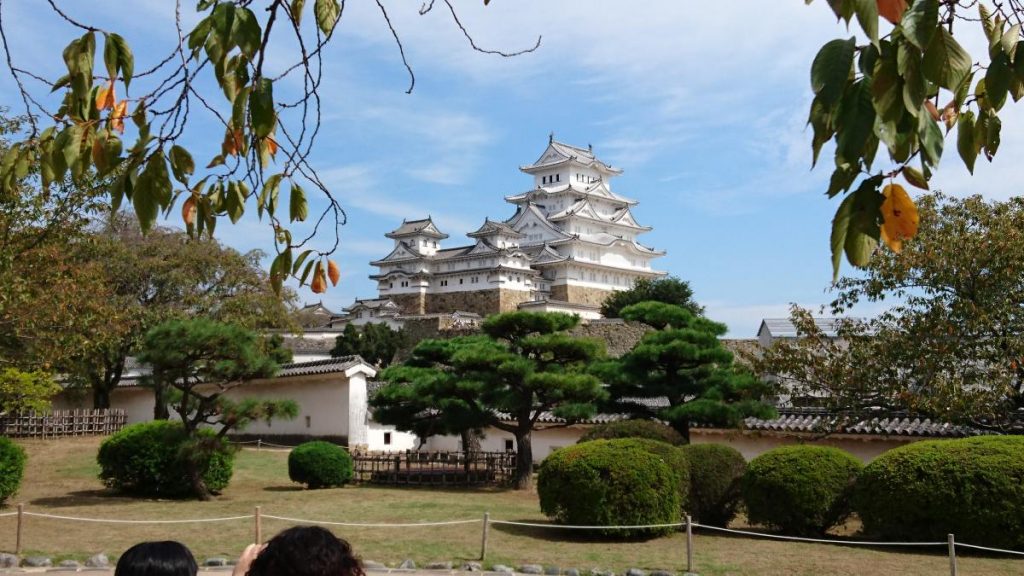
Himeji – Akashi (about 55 km, flat)
From the most beautiful castle (world cultural heritage) to the longest suspension bridge in the world. But unfortunately only through urban areas. I took 3.5 hours for the tour of the castle. It was very convenient to be there at 9 o’clock at the opening. So I had relatively few people around me in the beginning.
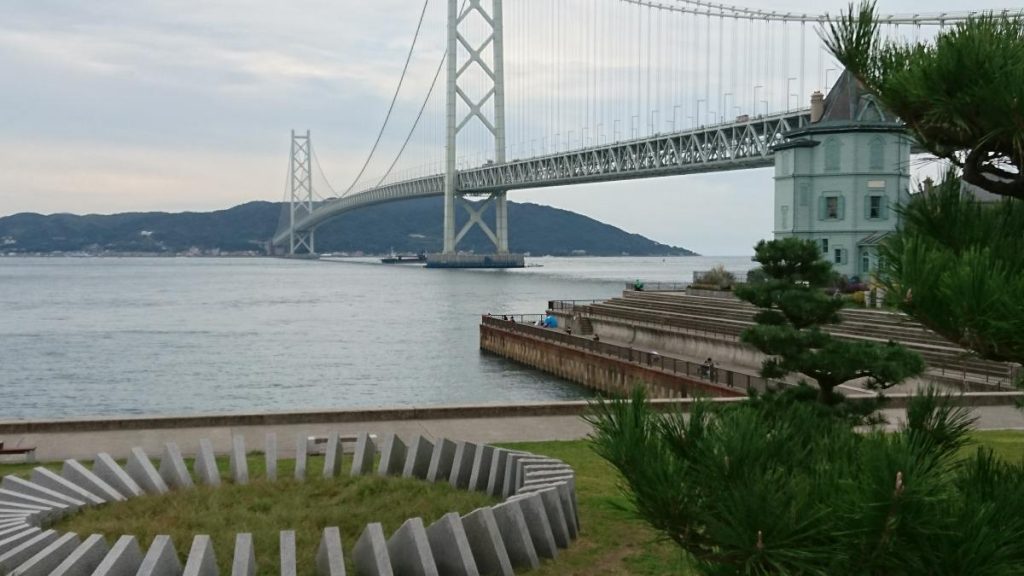
Akashi – Osaka (60 km, flat)
City, city, city. And industrial areas. But also along the sea from time to time.
Osaka – Izumi (40 km, flat) near the Kansai International Airport. More city.
Overnight stays
A mixture of AirBnB, Booking.com and watching on site has proven to be ideal. Sometimes it was not easy to find something cheap at short notice. In hostels with shared rooms I sometimes had a room all to myself.
Also try Agoda or Trip.com. These new hotel booking platforms seem to give good – i.e. cheap – results especially in big cities.
I especially liked the overnight stays in:
Greenwood Hostel in Izumi-Sano near Kansai International Airport. Stylish and clean hostel with ideal transport connections
Ryokan in Kinosaki. Simply ask at the Tourist Information.
Geragera Hostel in Akashi / Kobe. Directly at the longest suspension bridge in the world between beach and road is this nice hostel with beach feeling.
Centurion Cabin and Spa in Kyoto, super great Capsule-Hostel with wellness area in the middle of Kyoto at a reasonable price and a luxurious equipment for Capsules.
My conclusion about cycling in Japan
My conclusion is basically positive. I really enjoyed the tours across the country and along the coast. Cycling in Japan is very possible. But the route planning seems to me to be extremely important. I would avoid the big cities on the next tour and look for more small country roads.
I have experienced the people in Japan as extremely helpful. Many situations became easier and problems could be solved. Even when communication was difficult, people tried to help me. Besides, I’d think about buying a bike in Japan. The transport of a bike on the plane and to the airport is relatively expensive and time-consuming. A usable one is available from 300,- Euro. For 500,- you can get something neat and tidy, but then you have to add the luggage rack or click pedals. You can bring your own panniers. I still love my classic and absolutely waterproof Ortlieb
Some impressions from Japan:
This might be of interest to you, too: 5 top tips for Suvarnabhumi Airpot Bangkok
